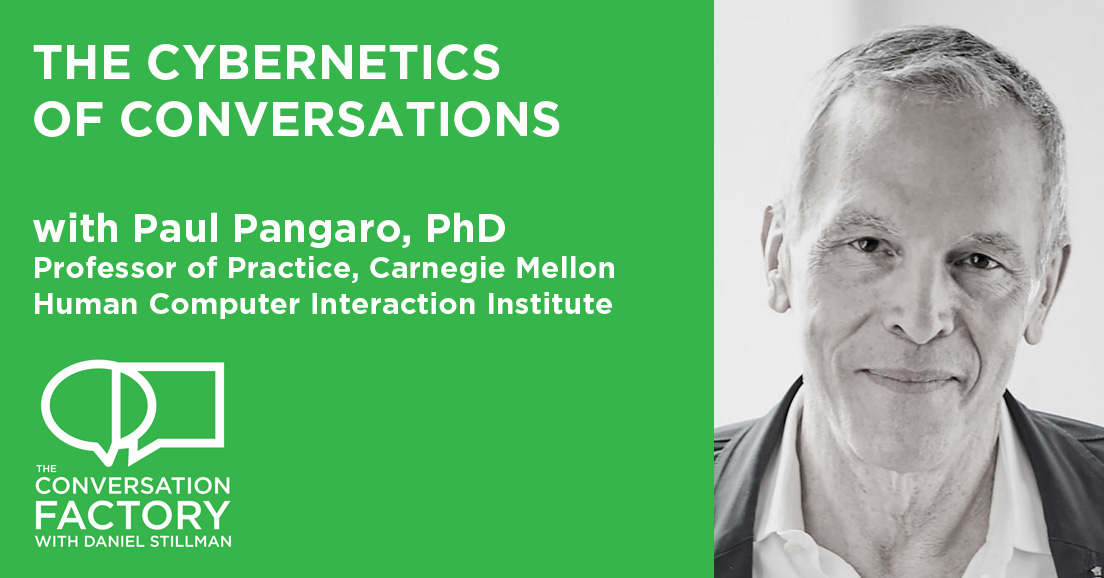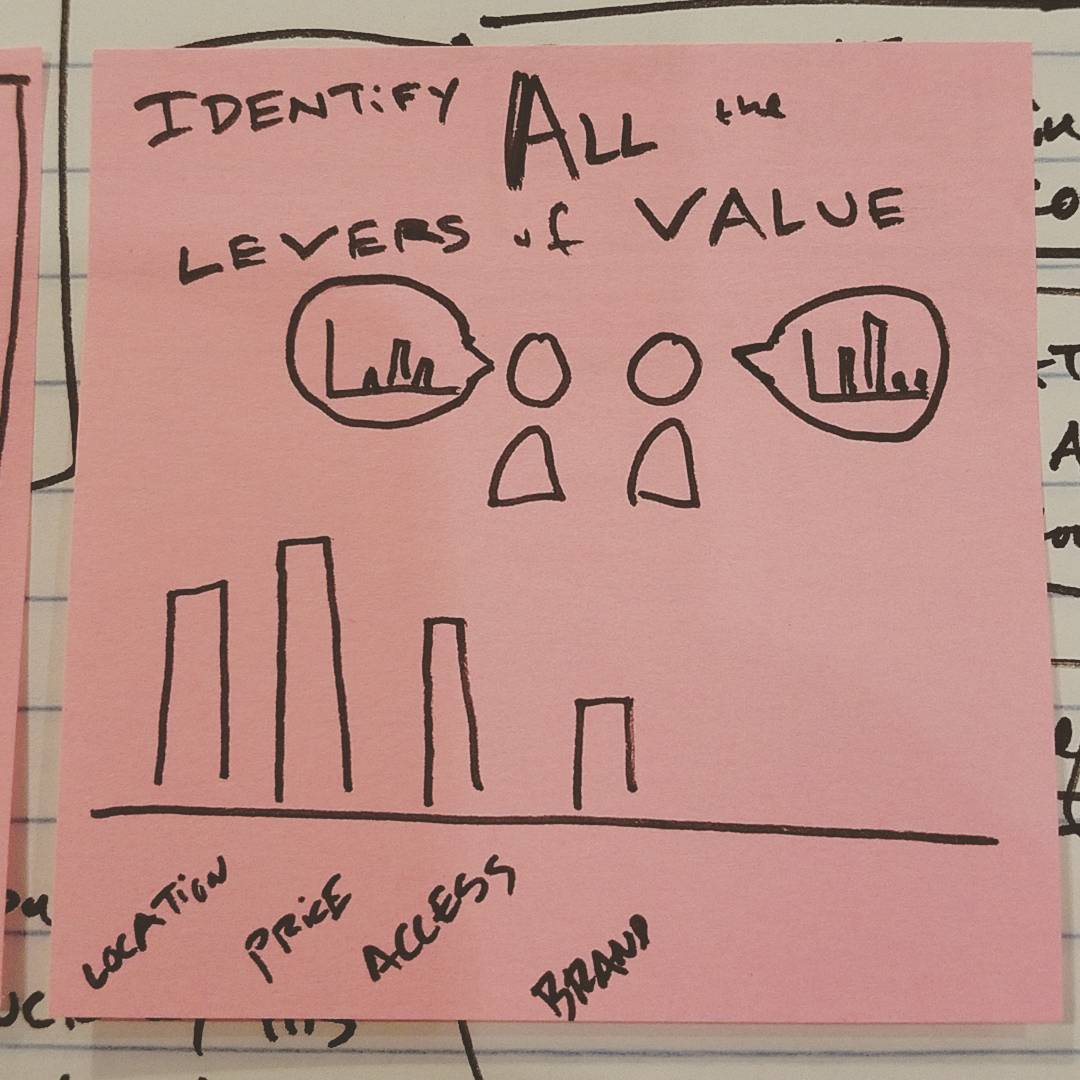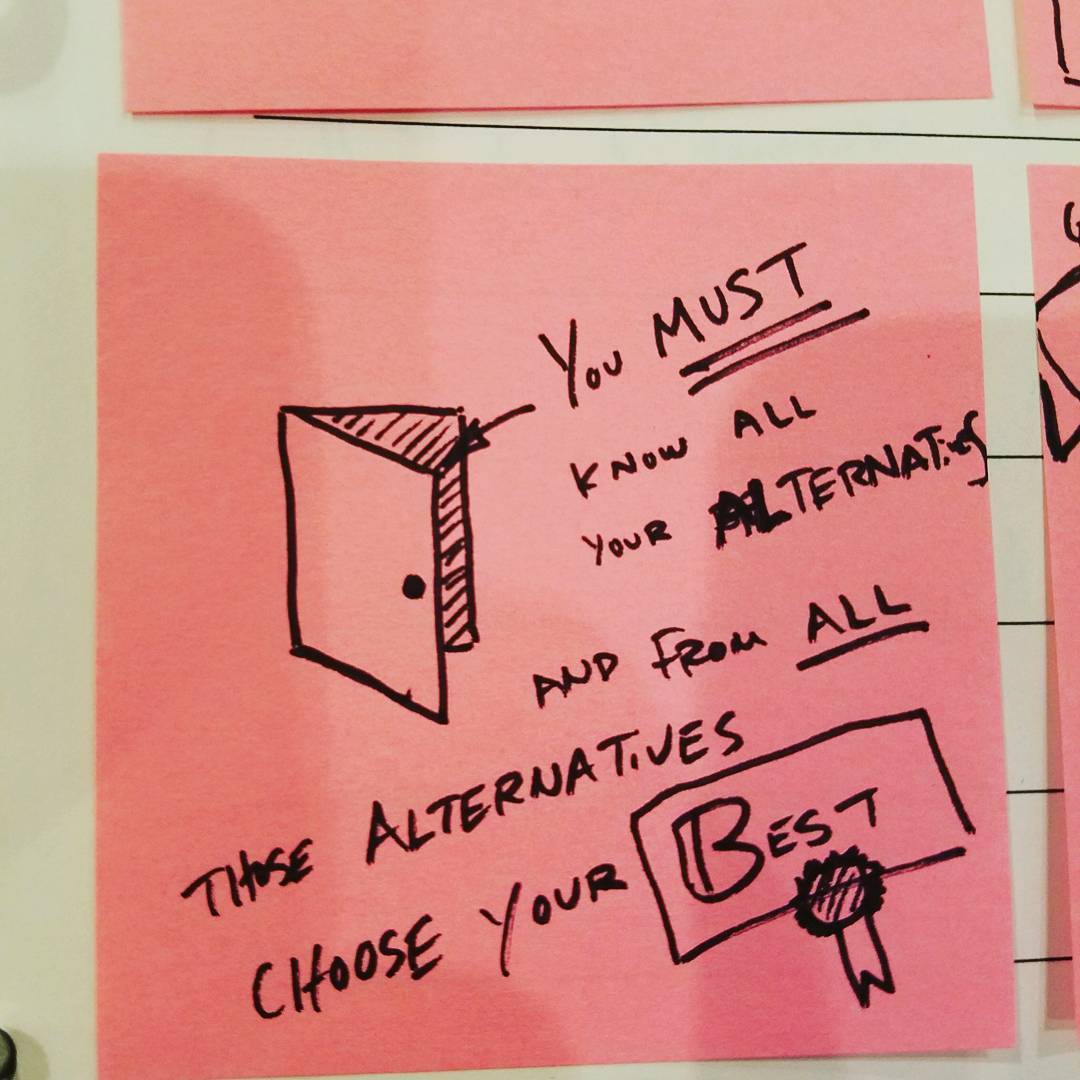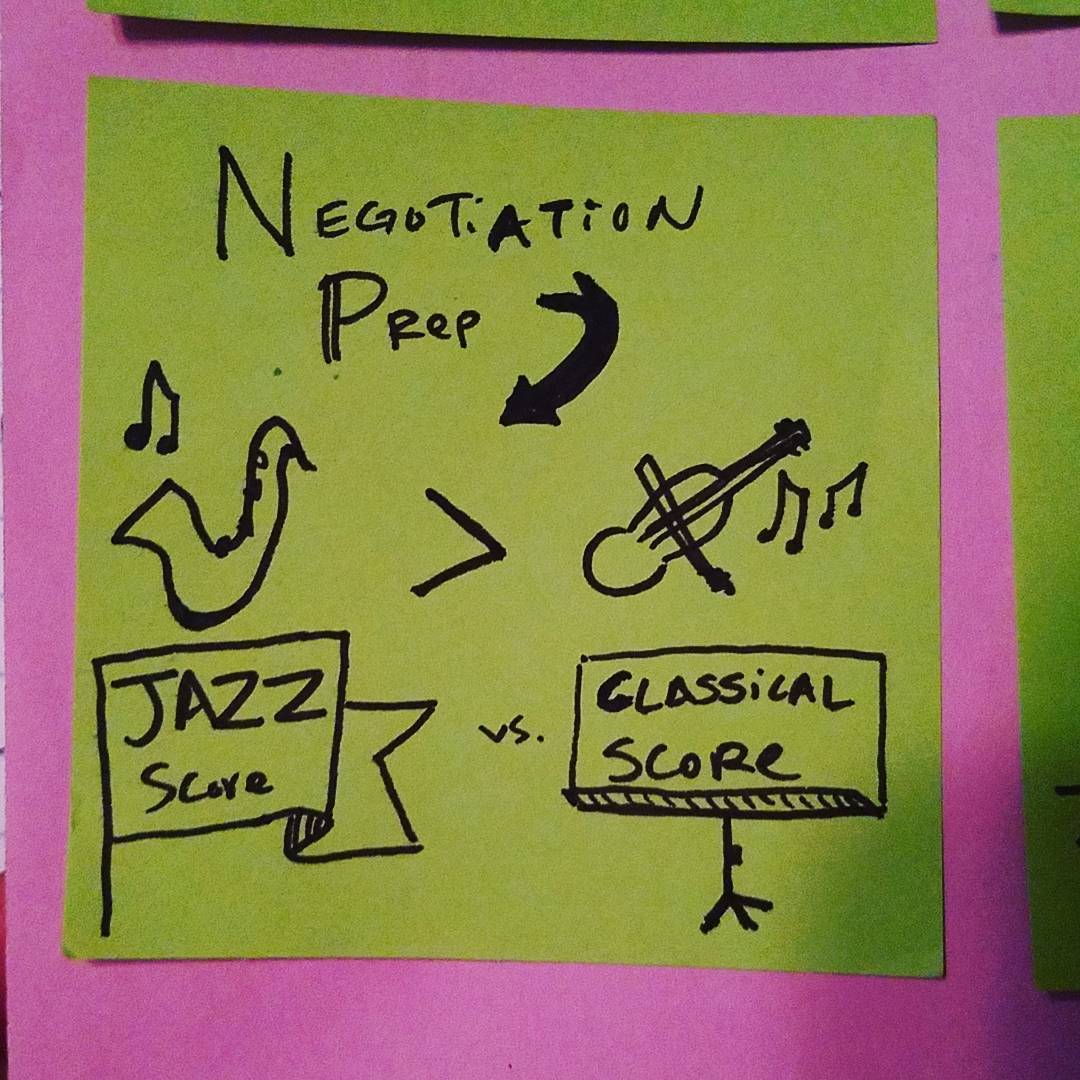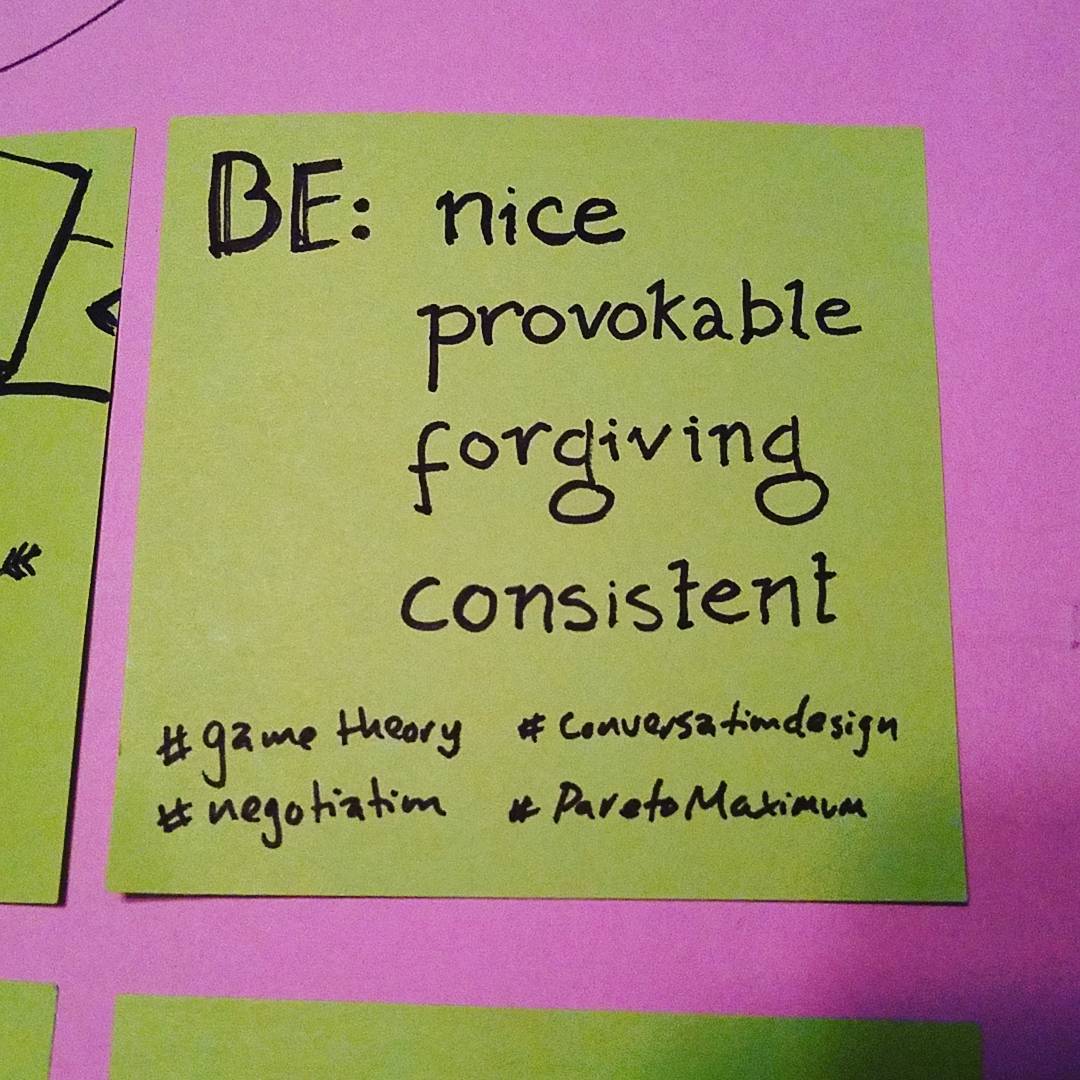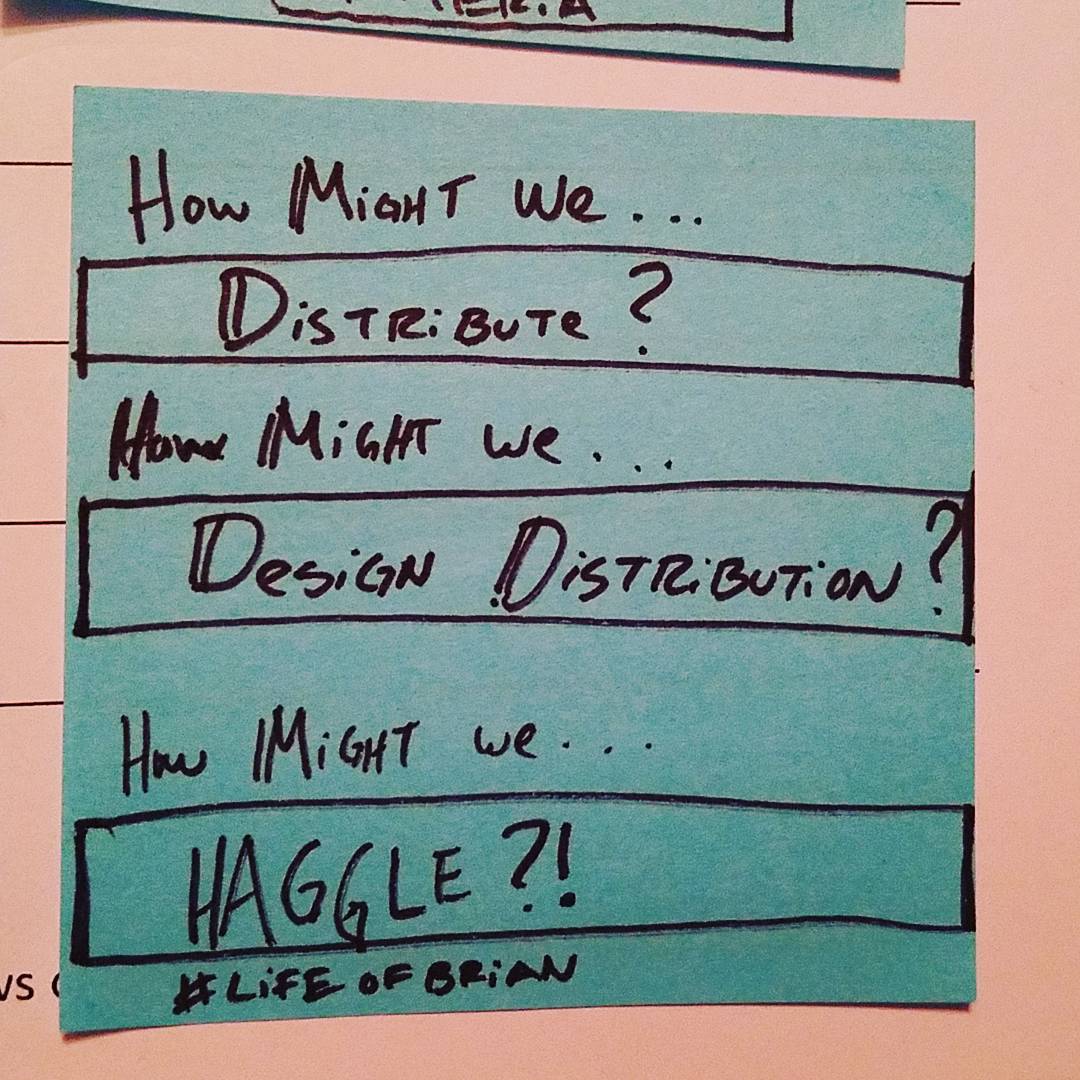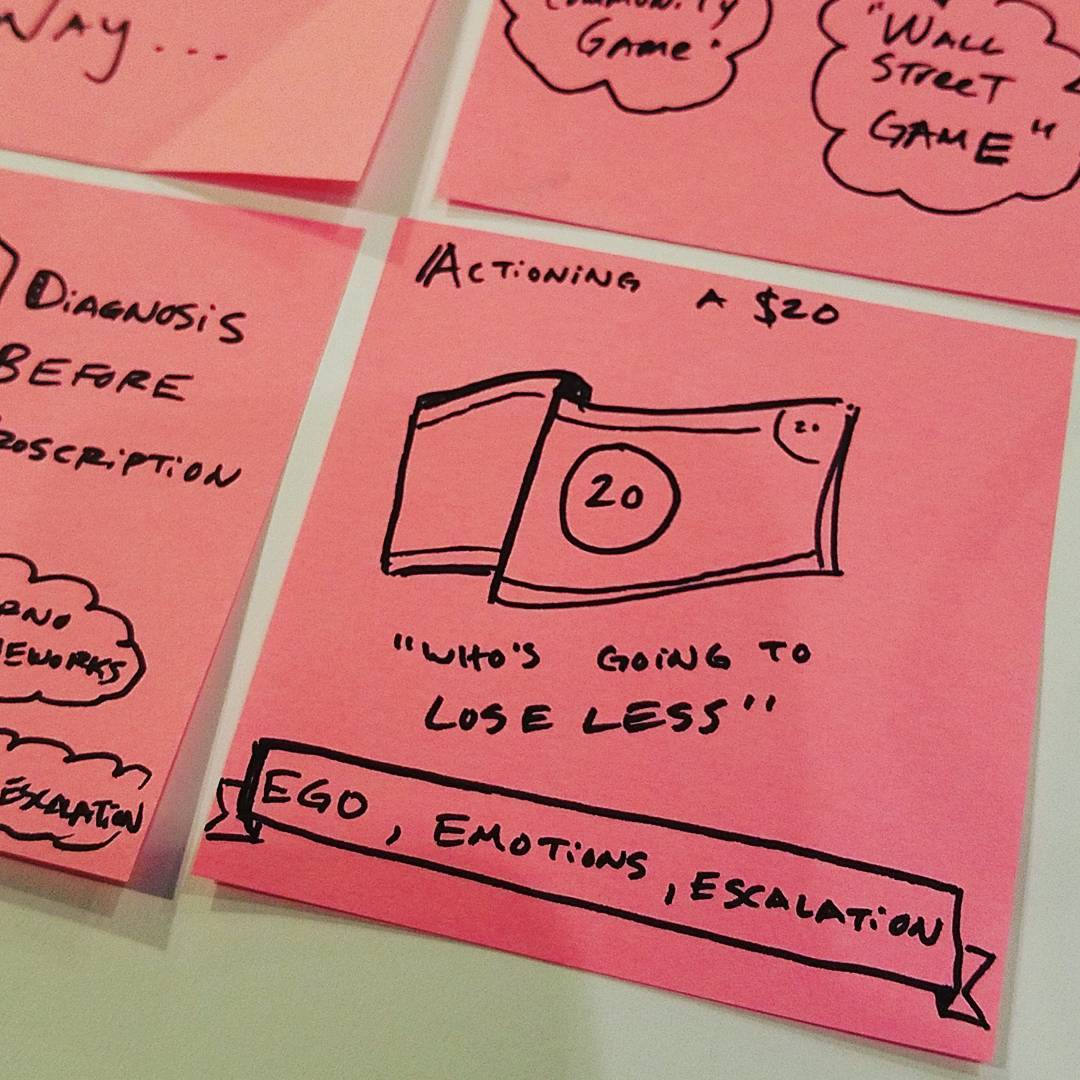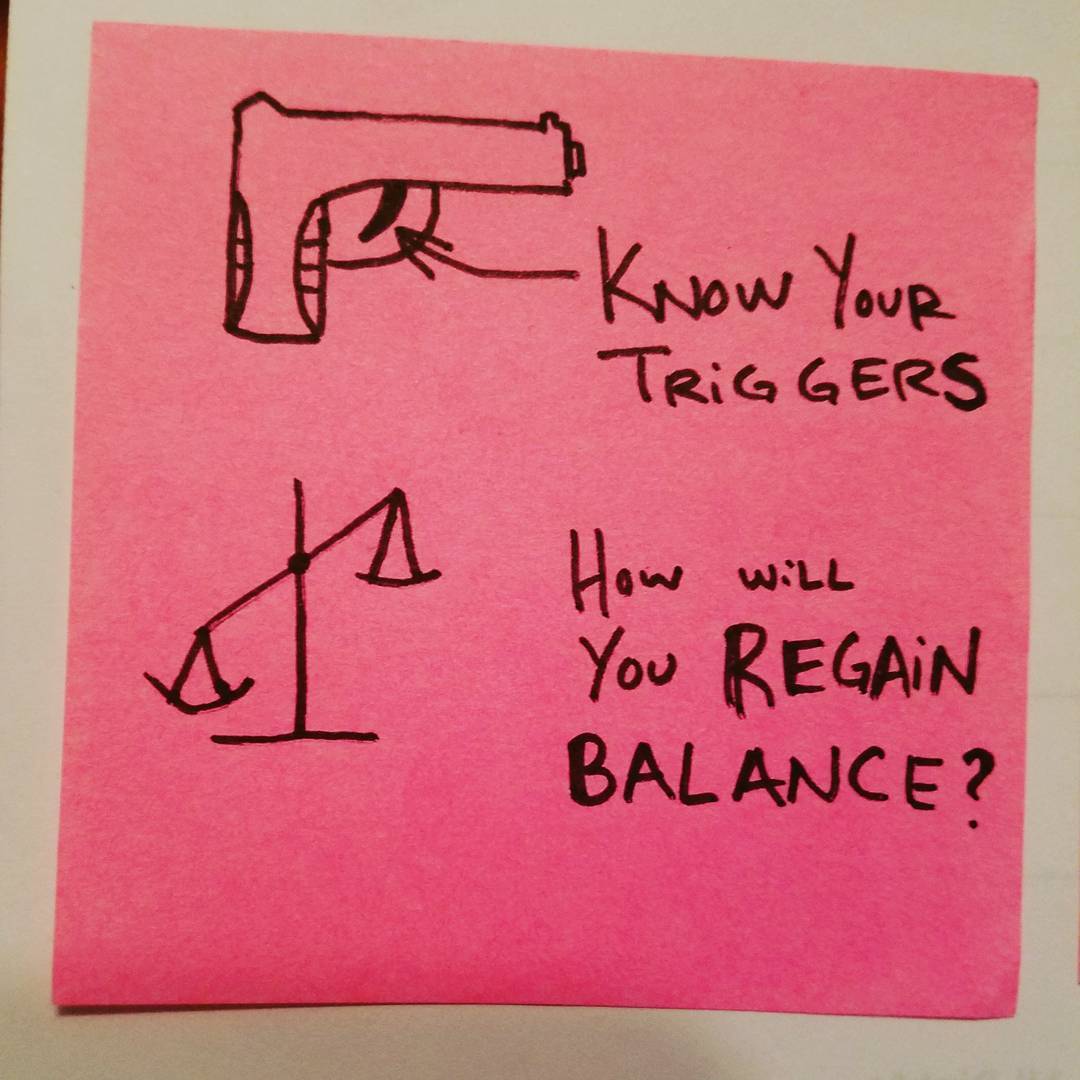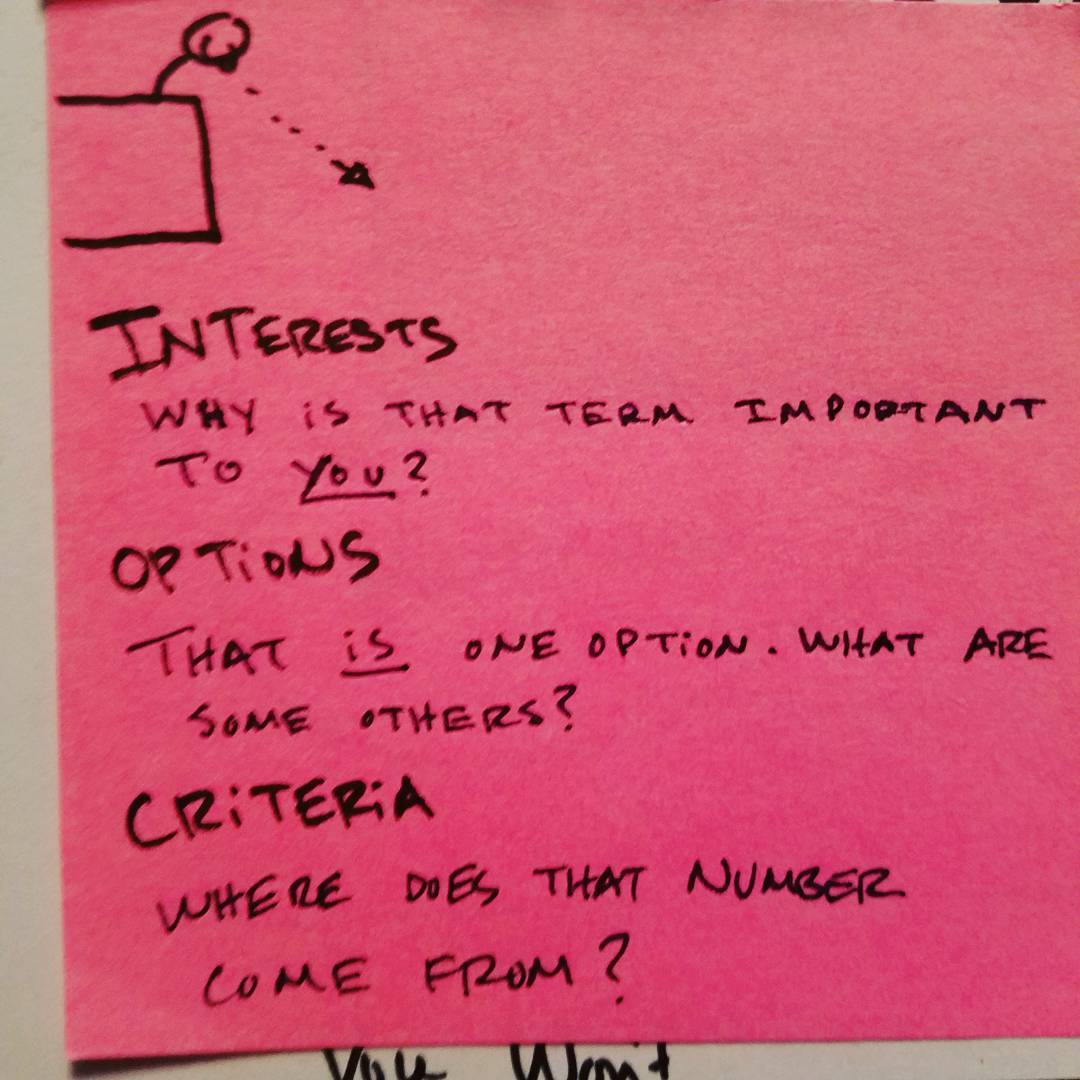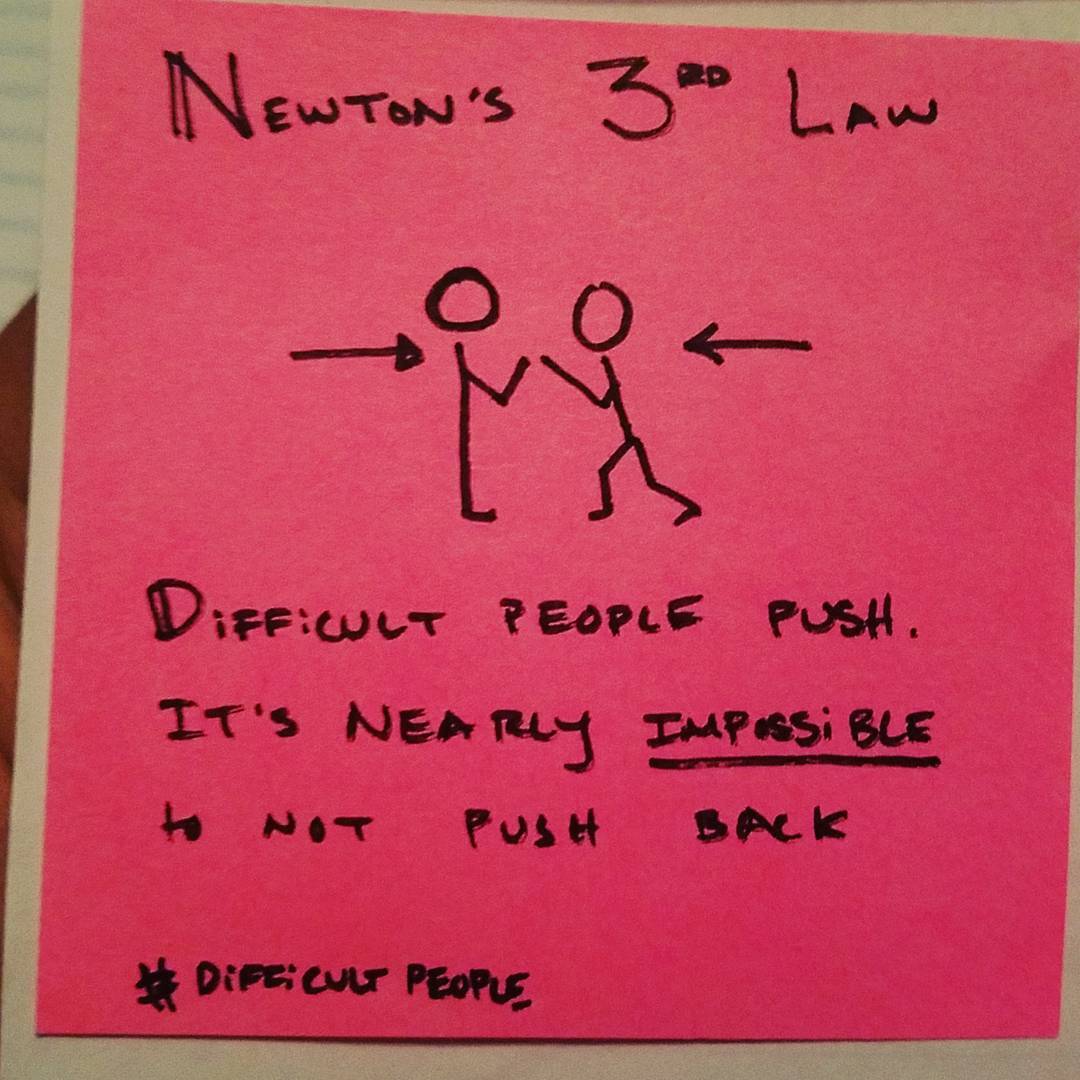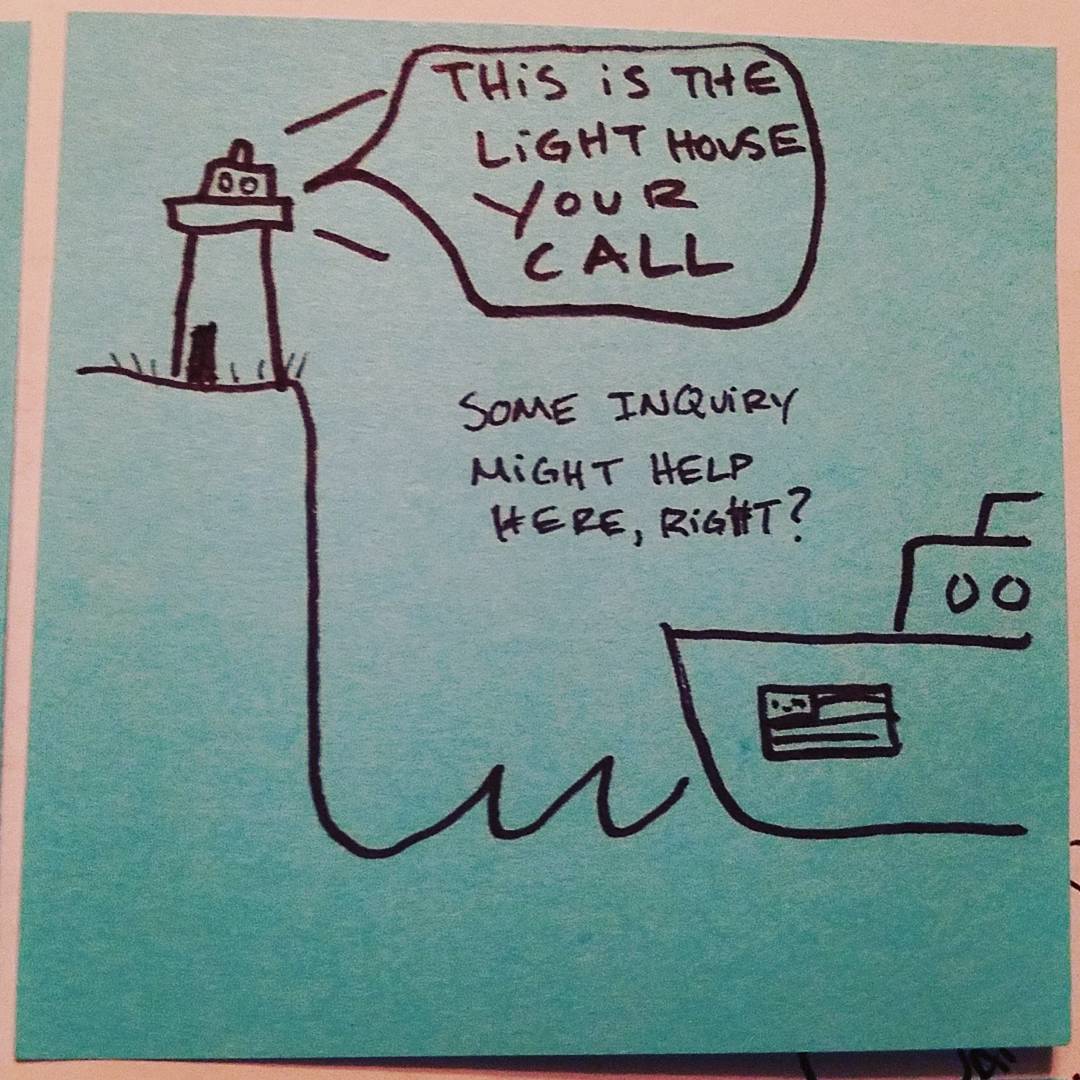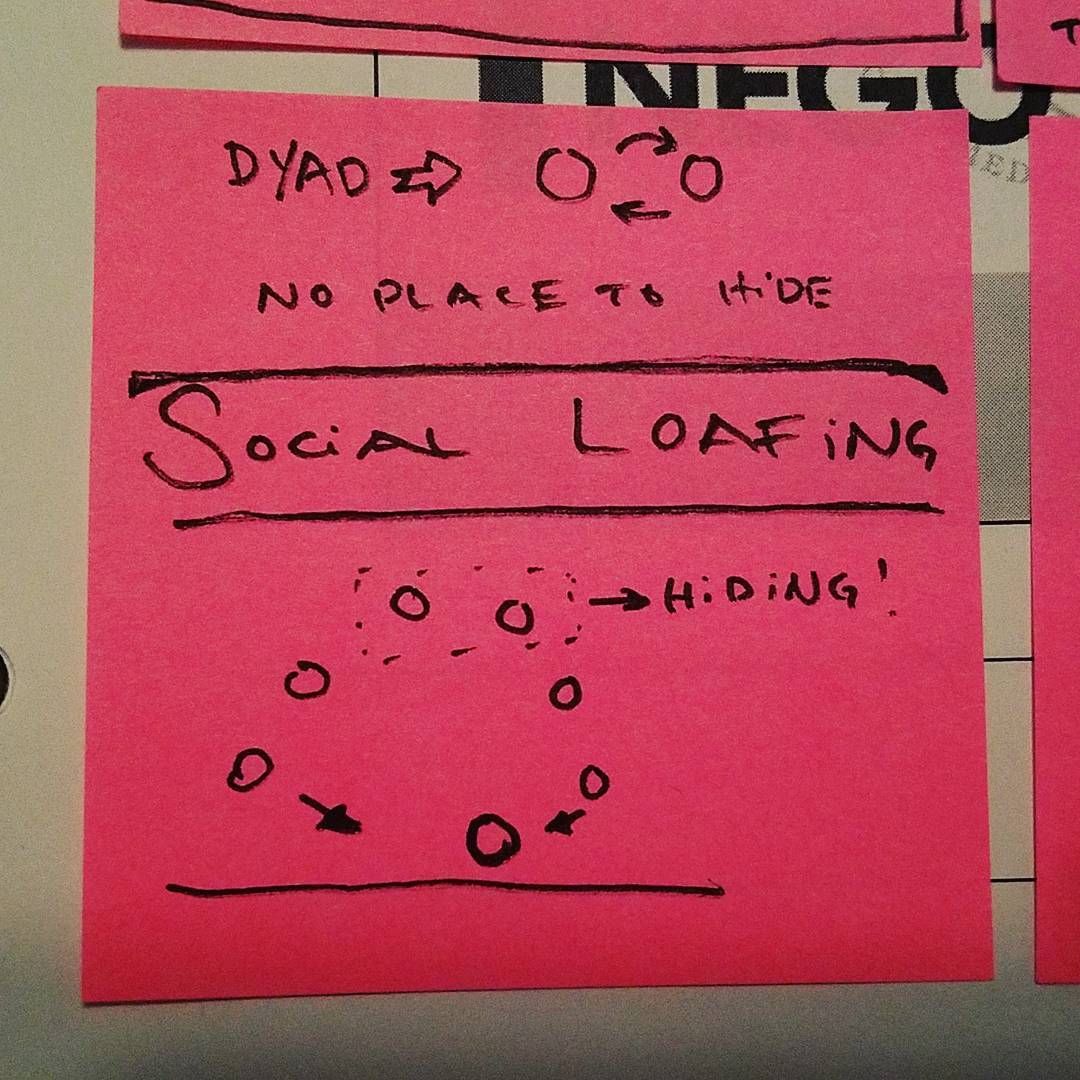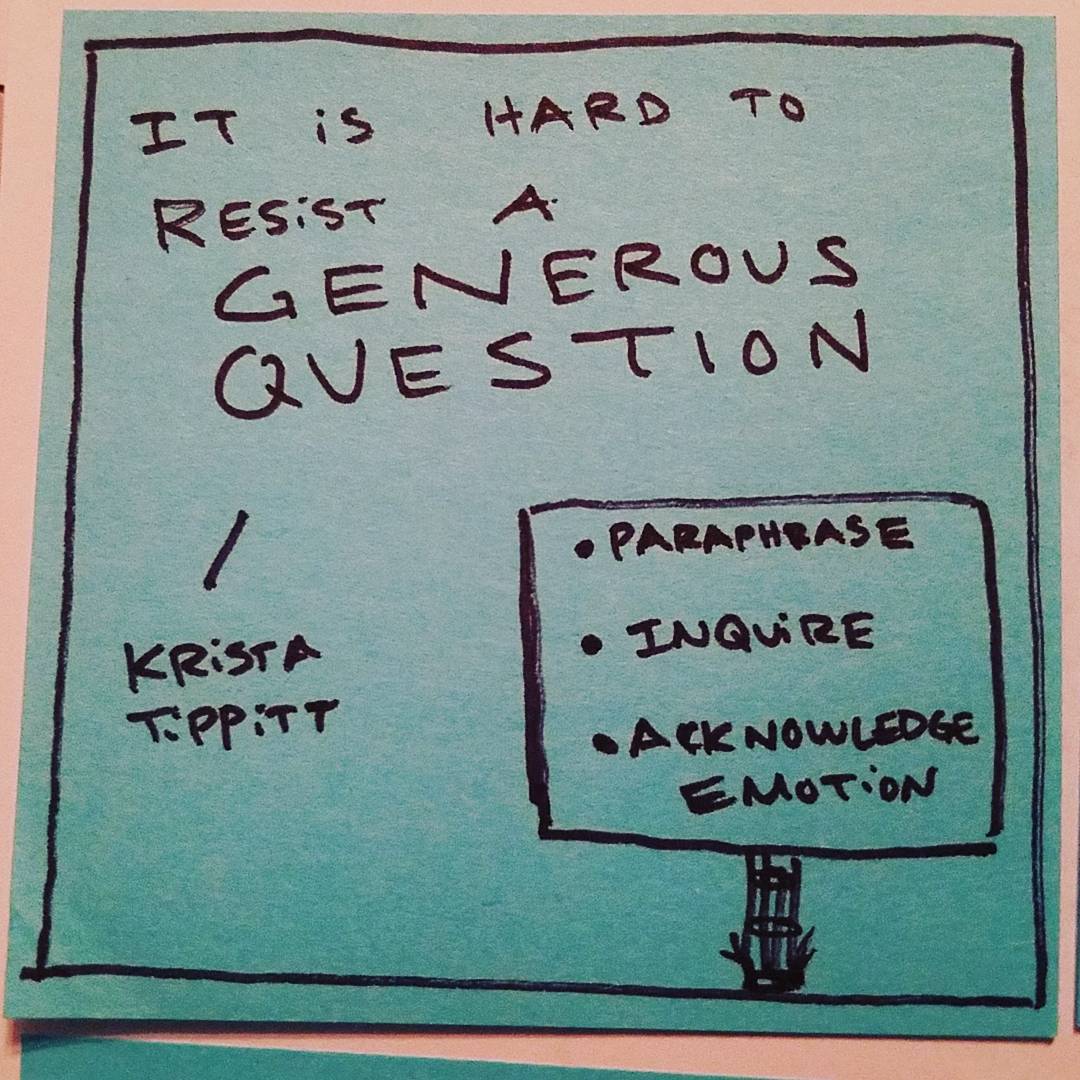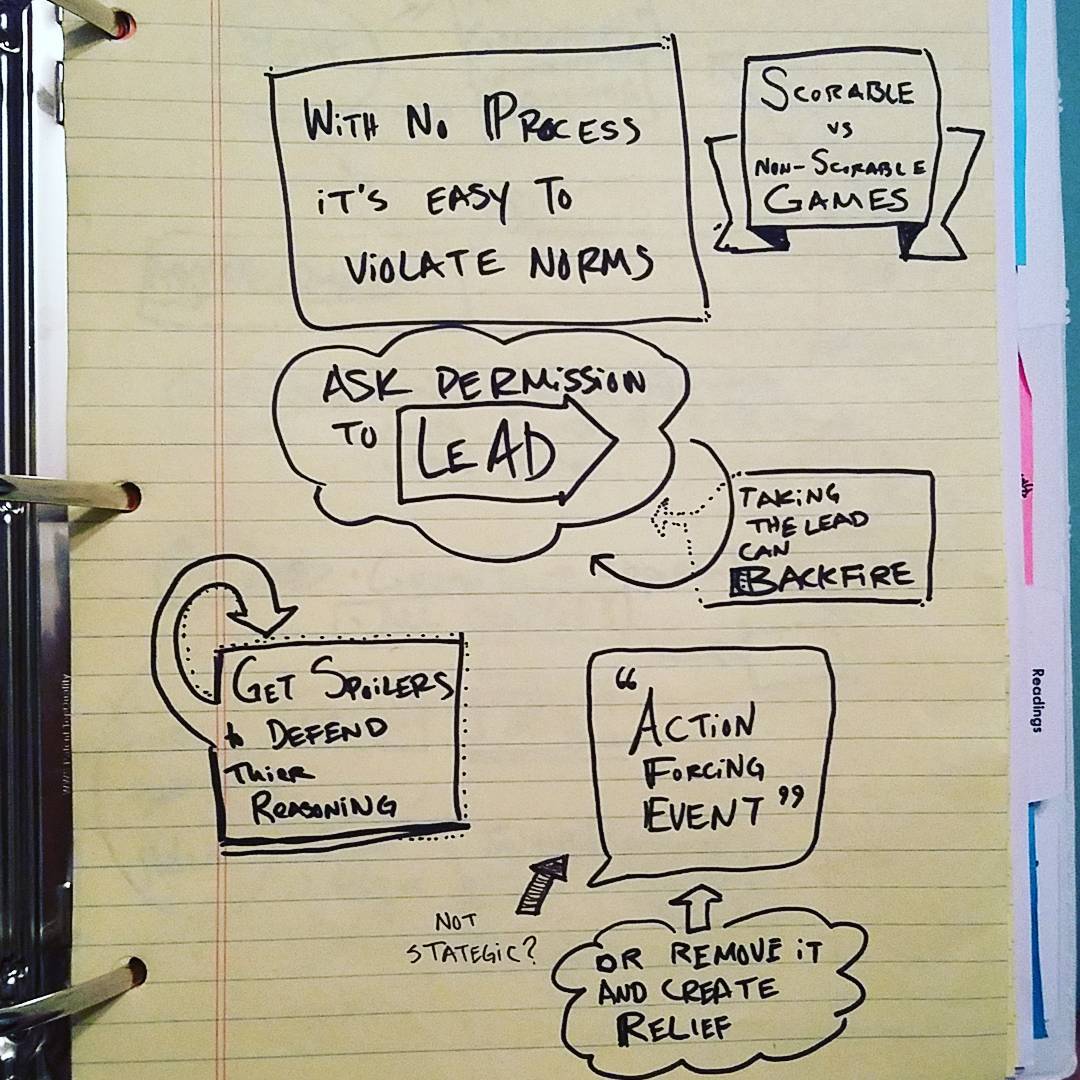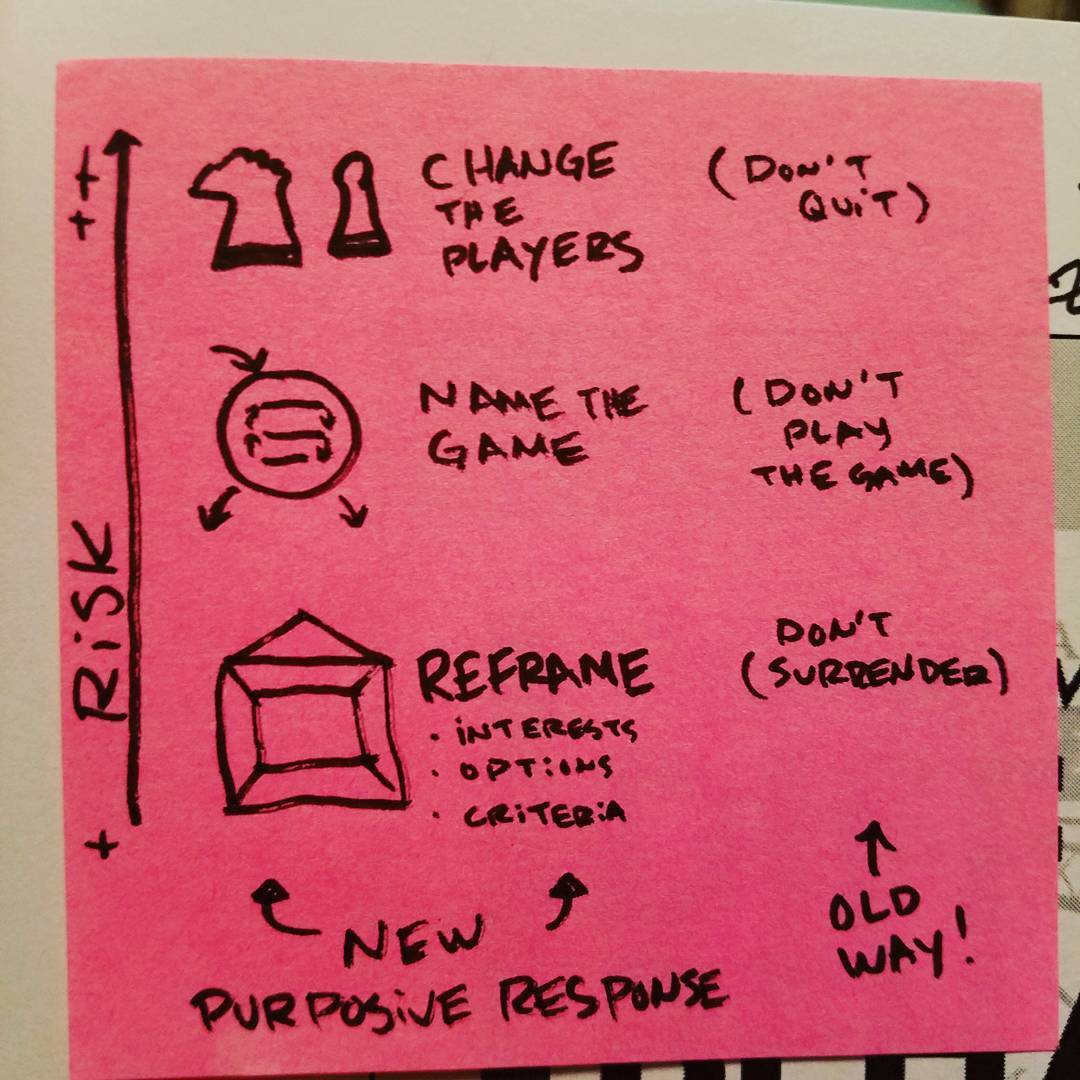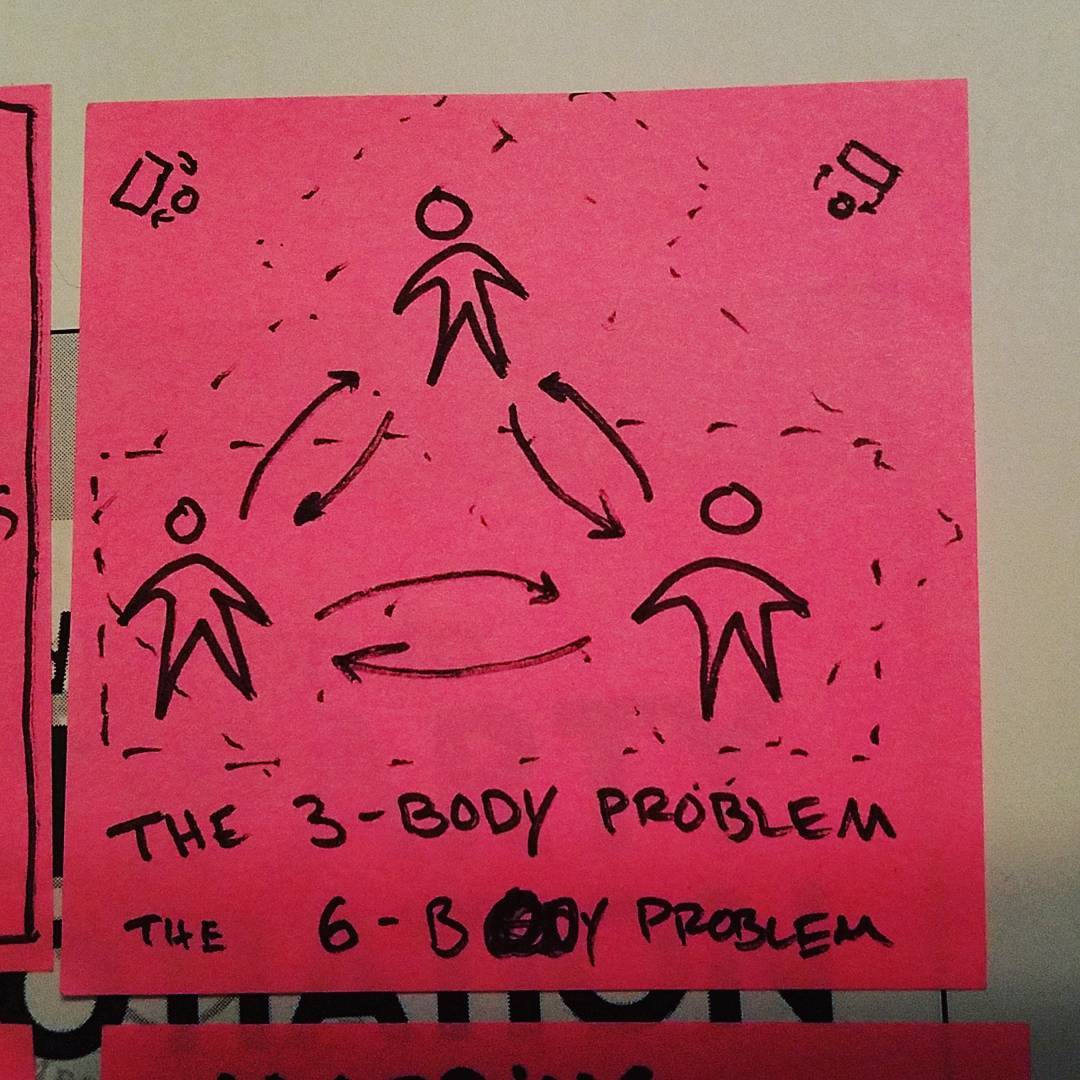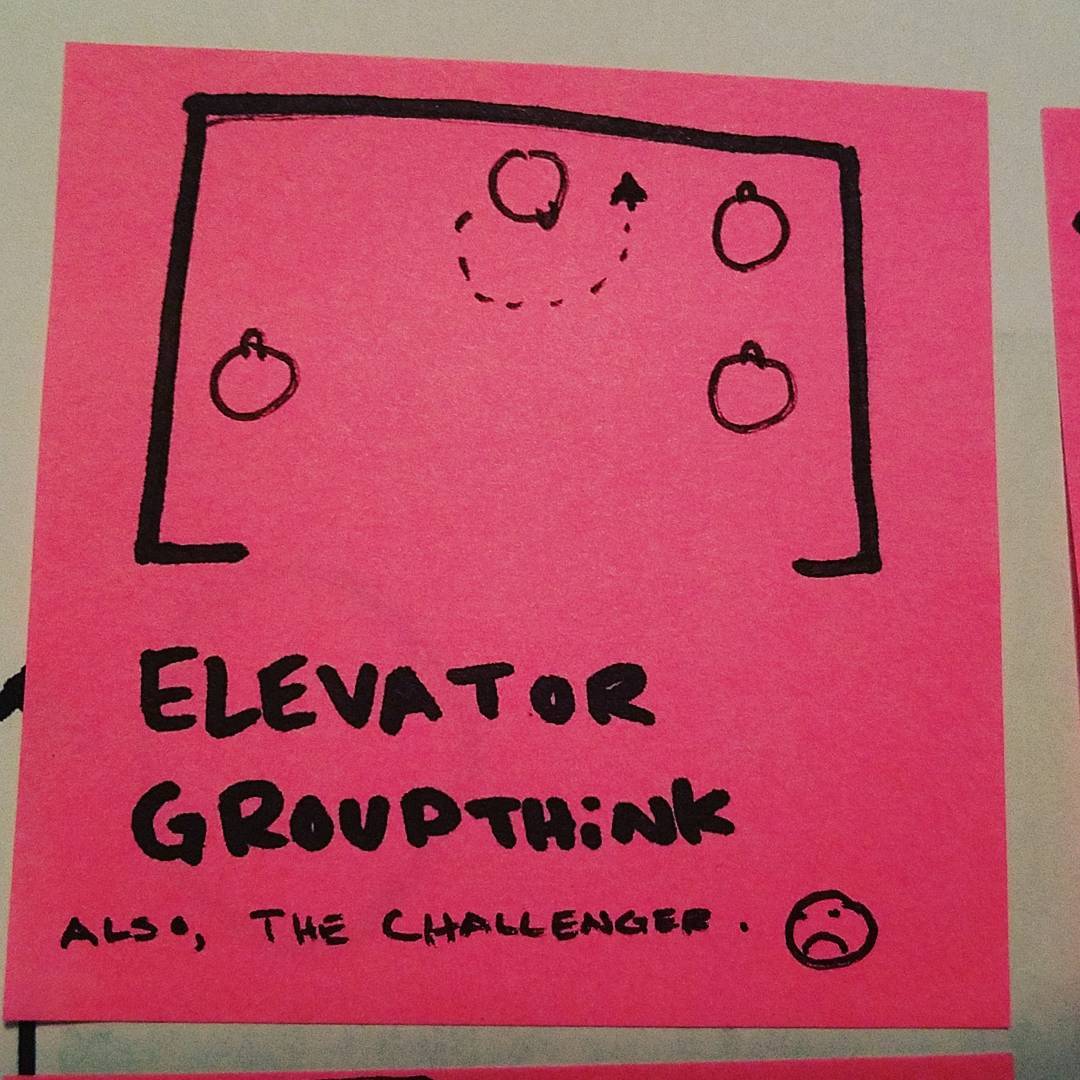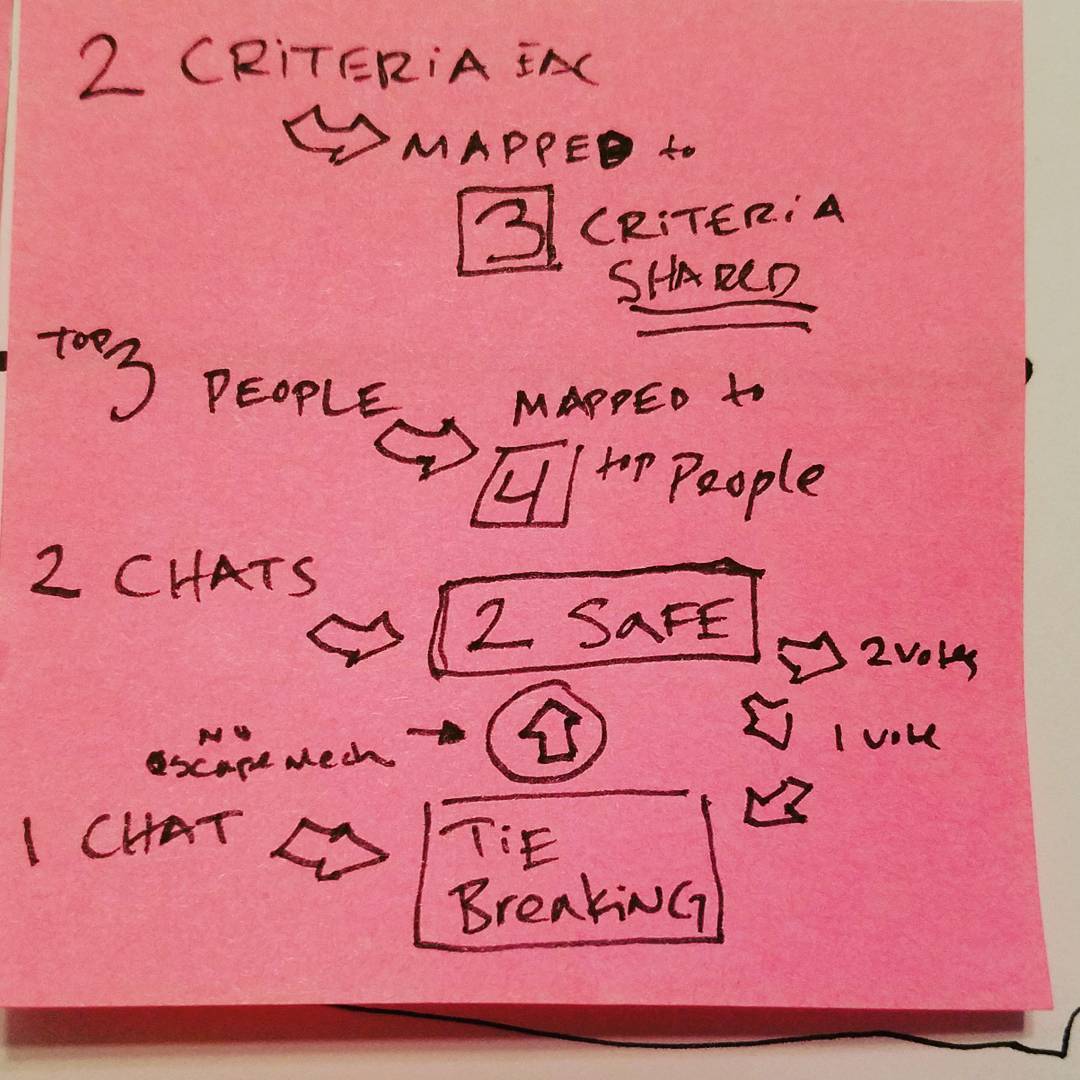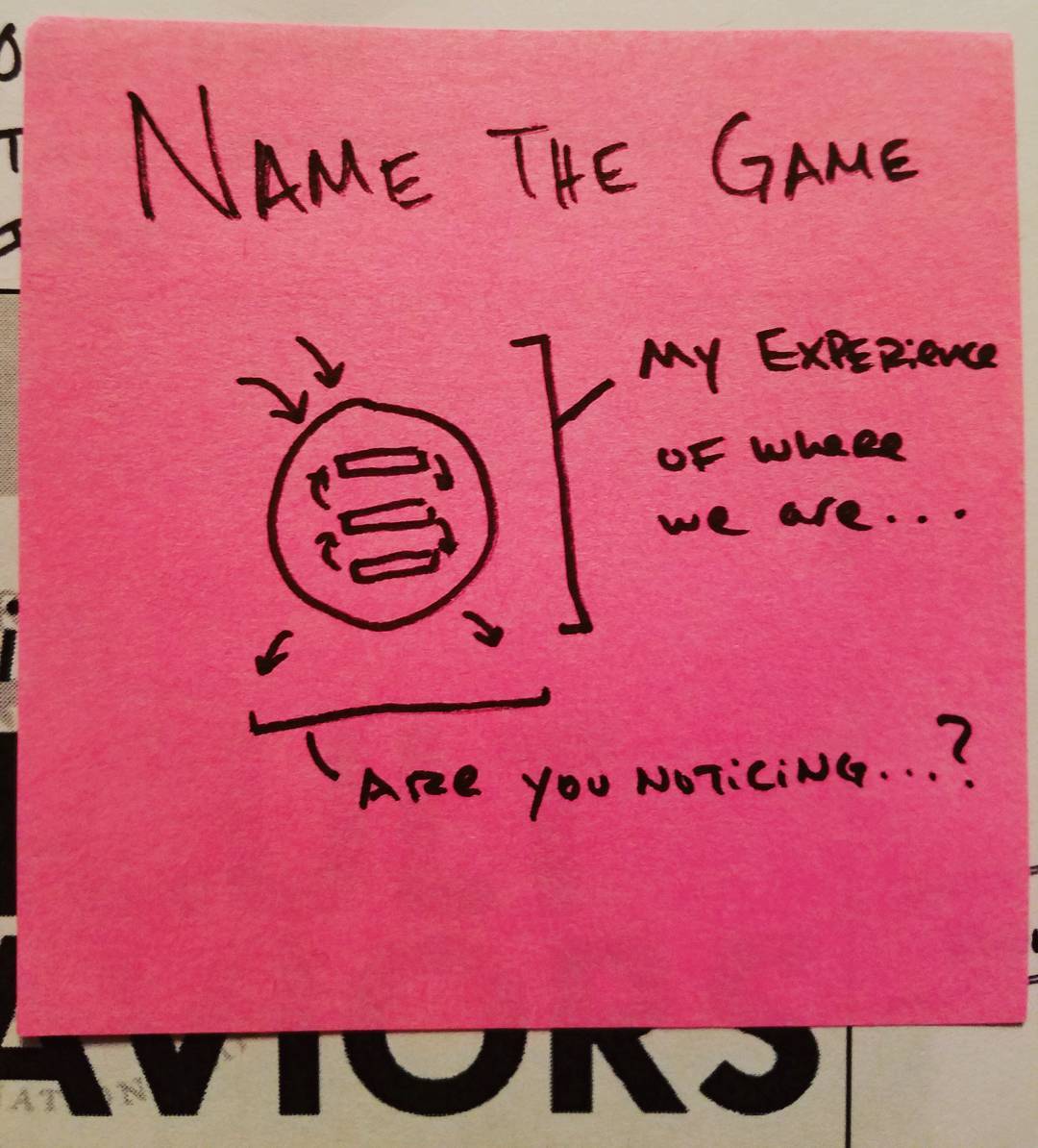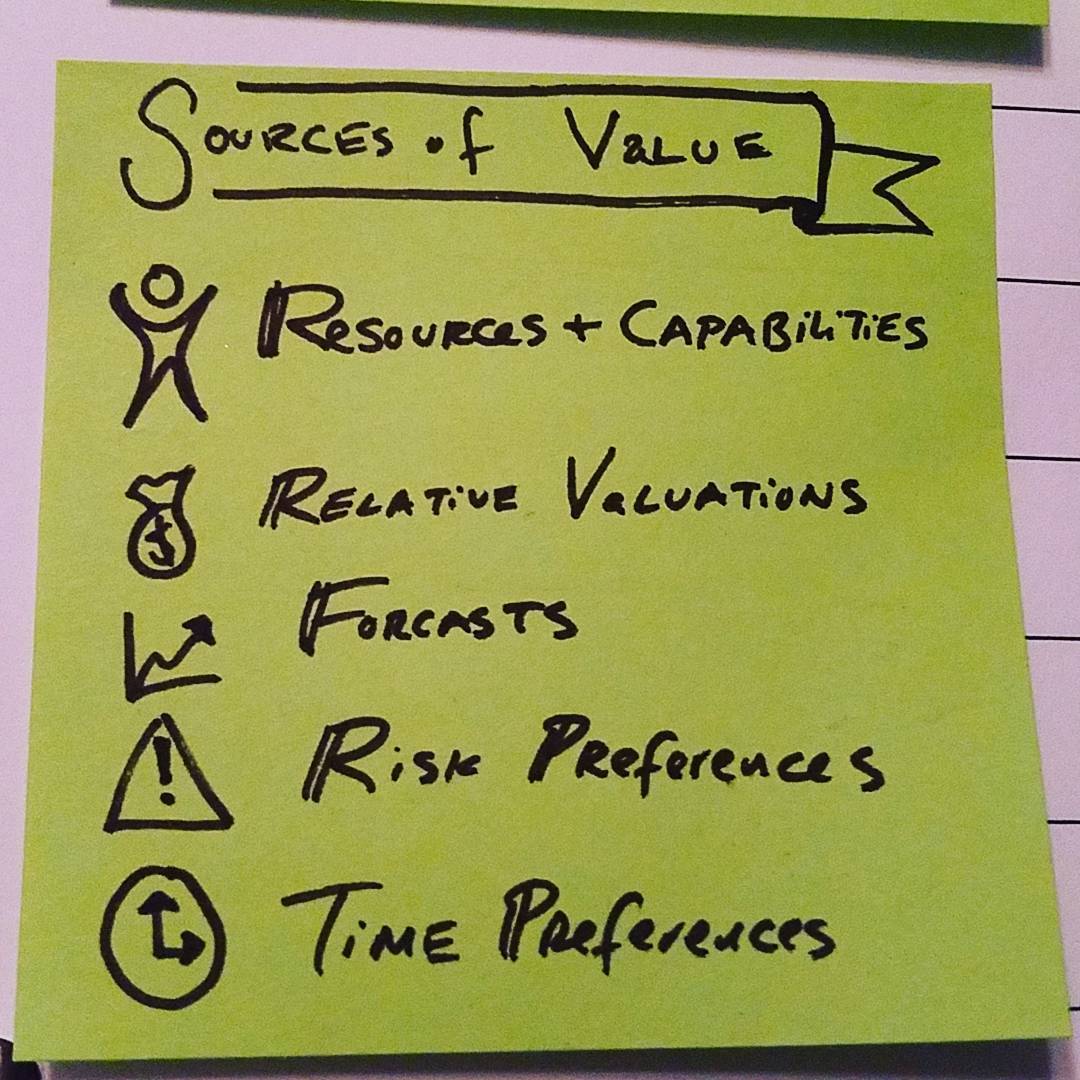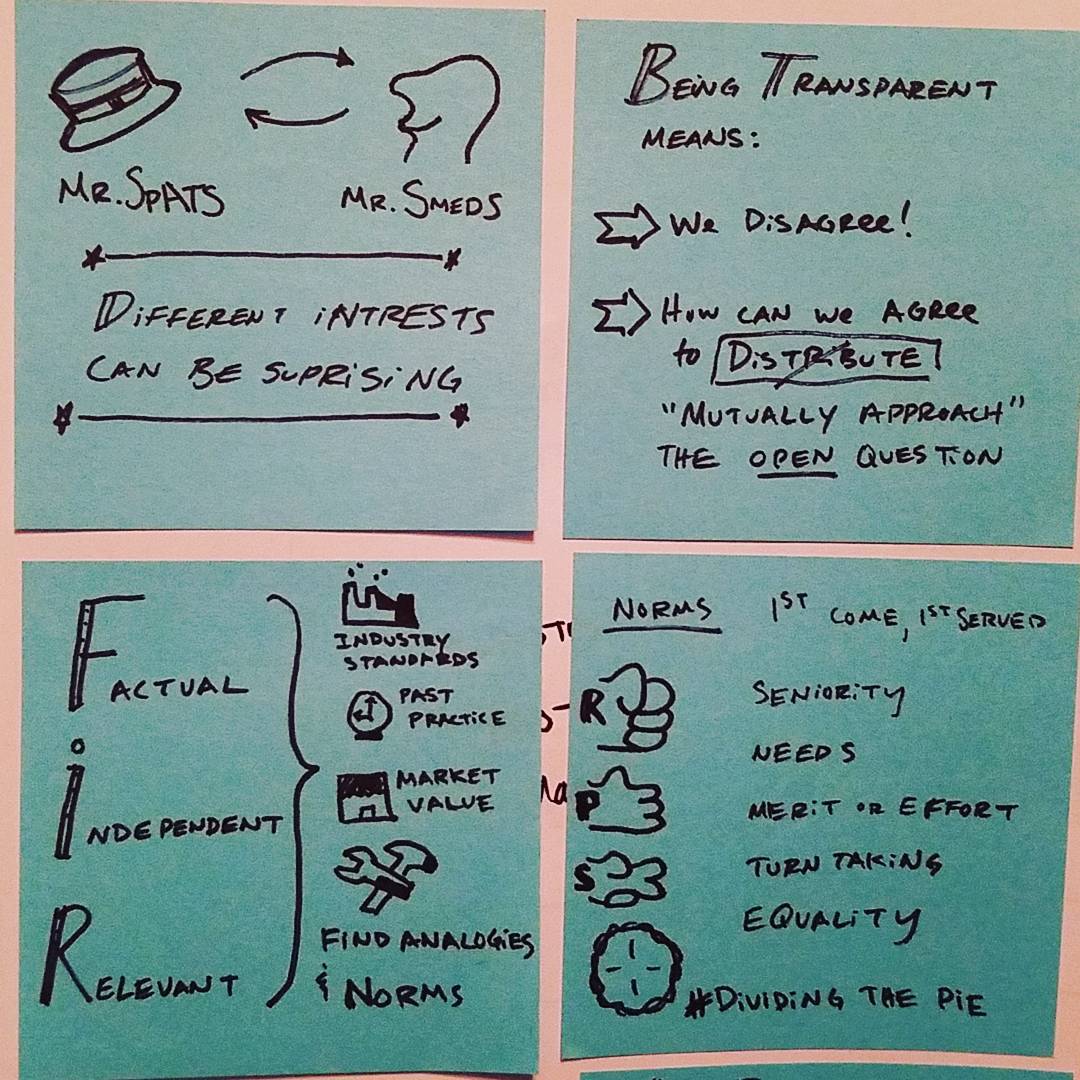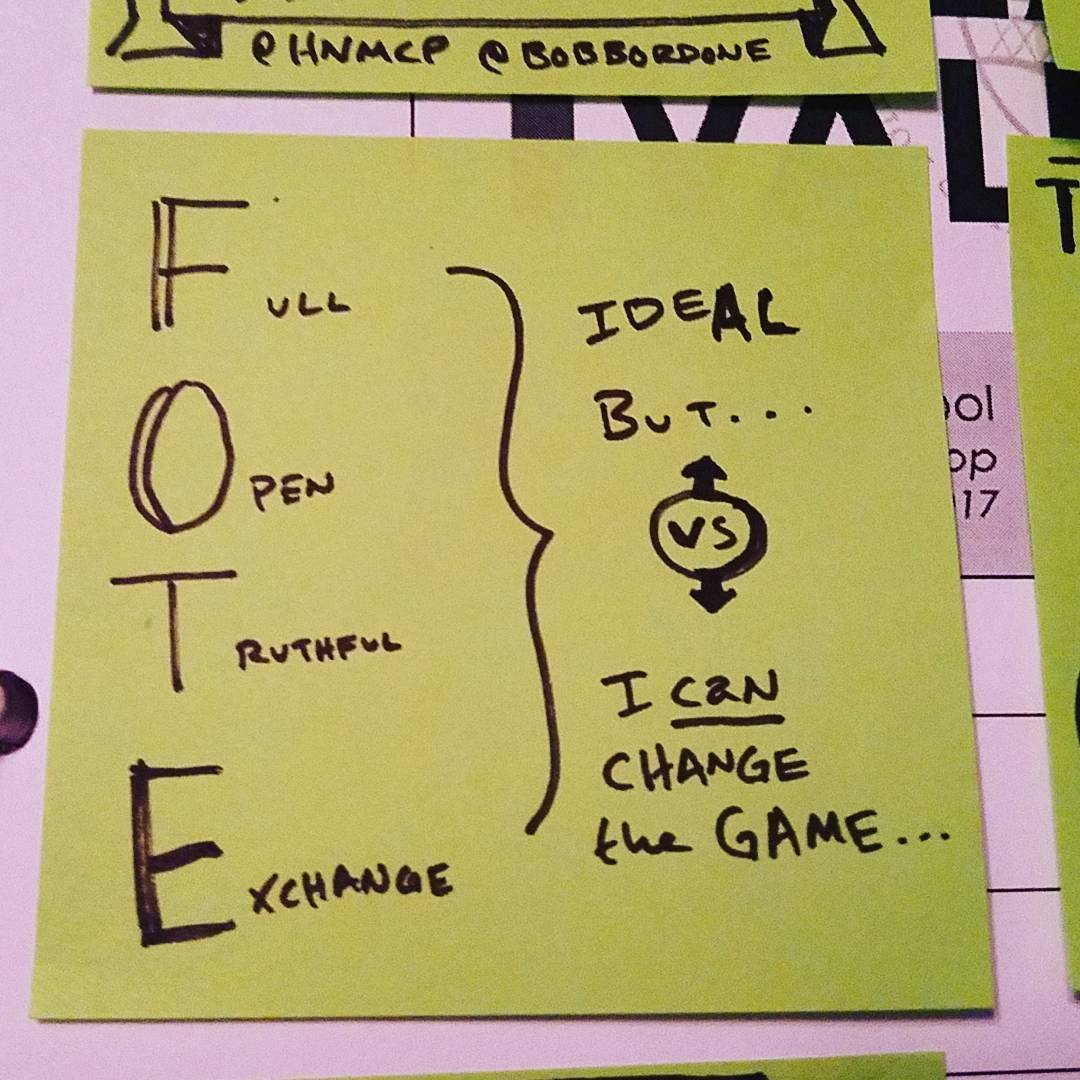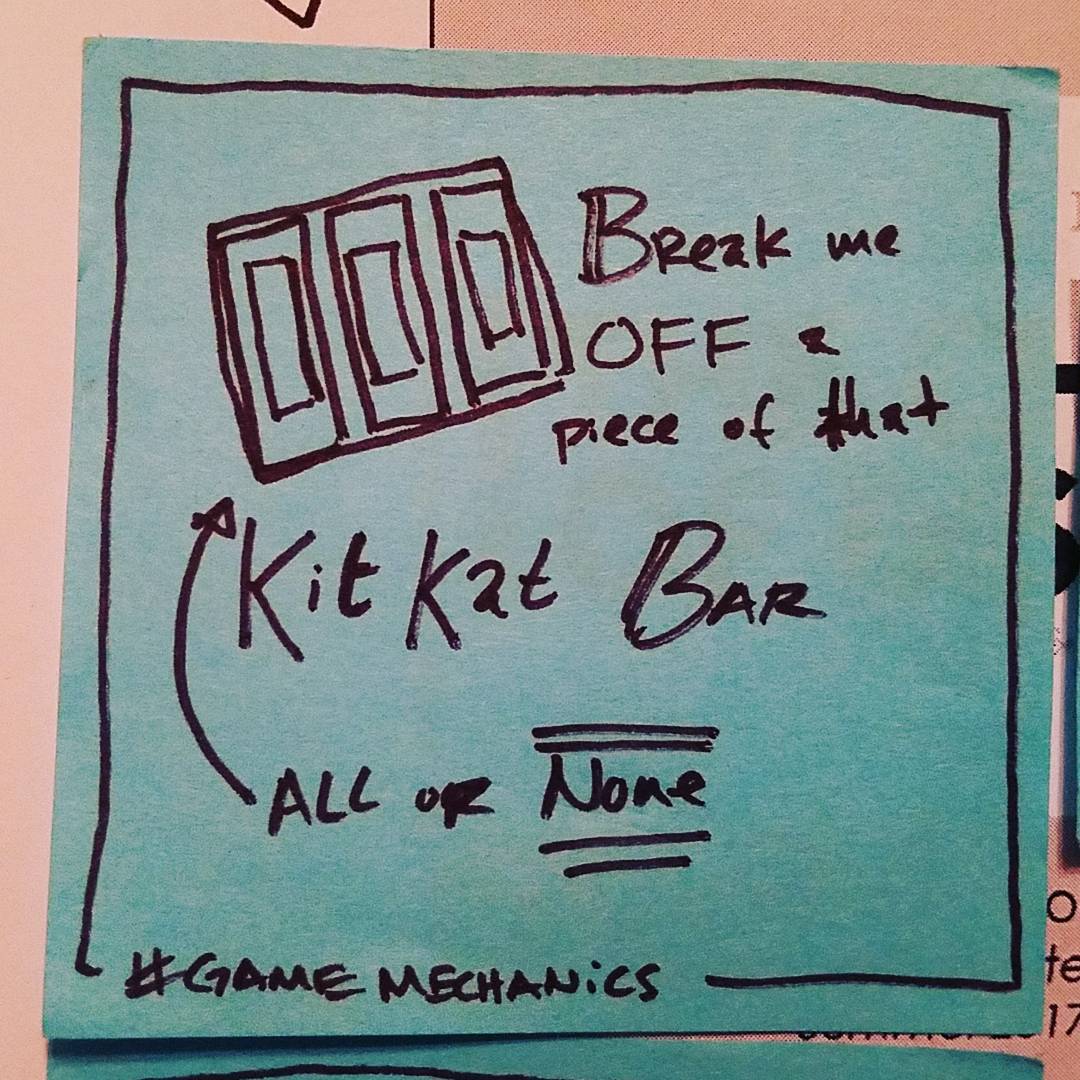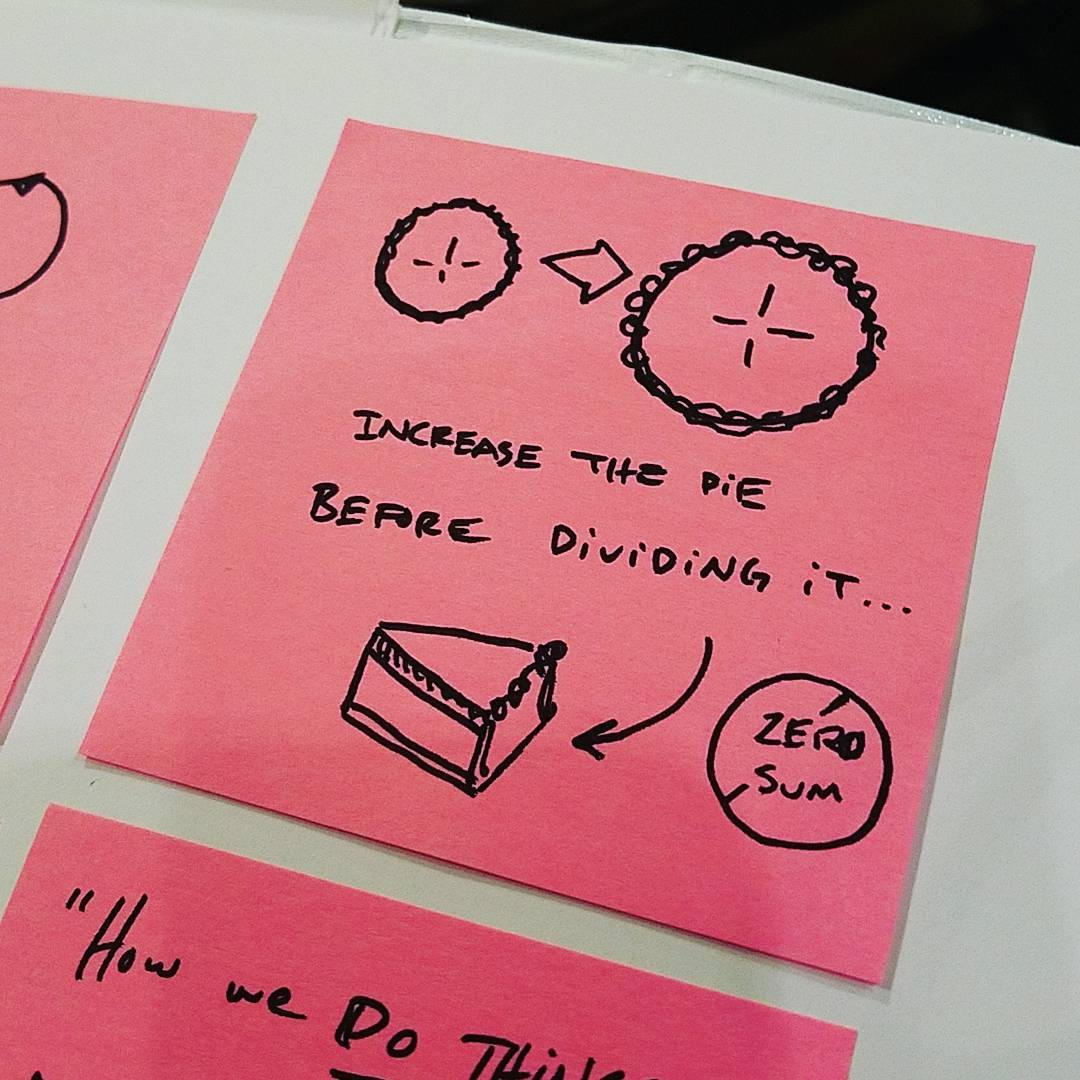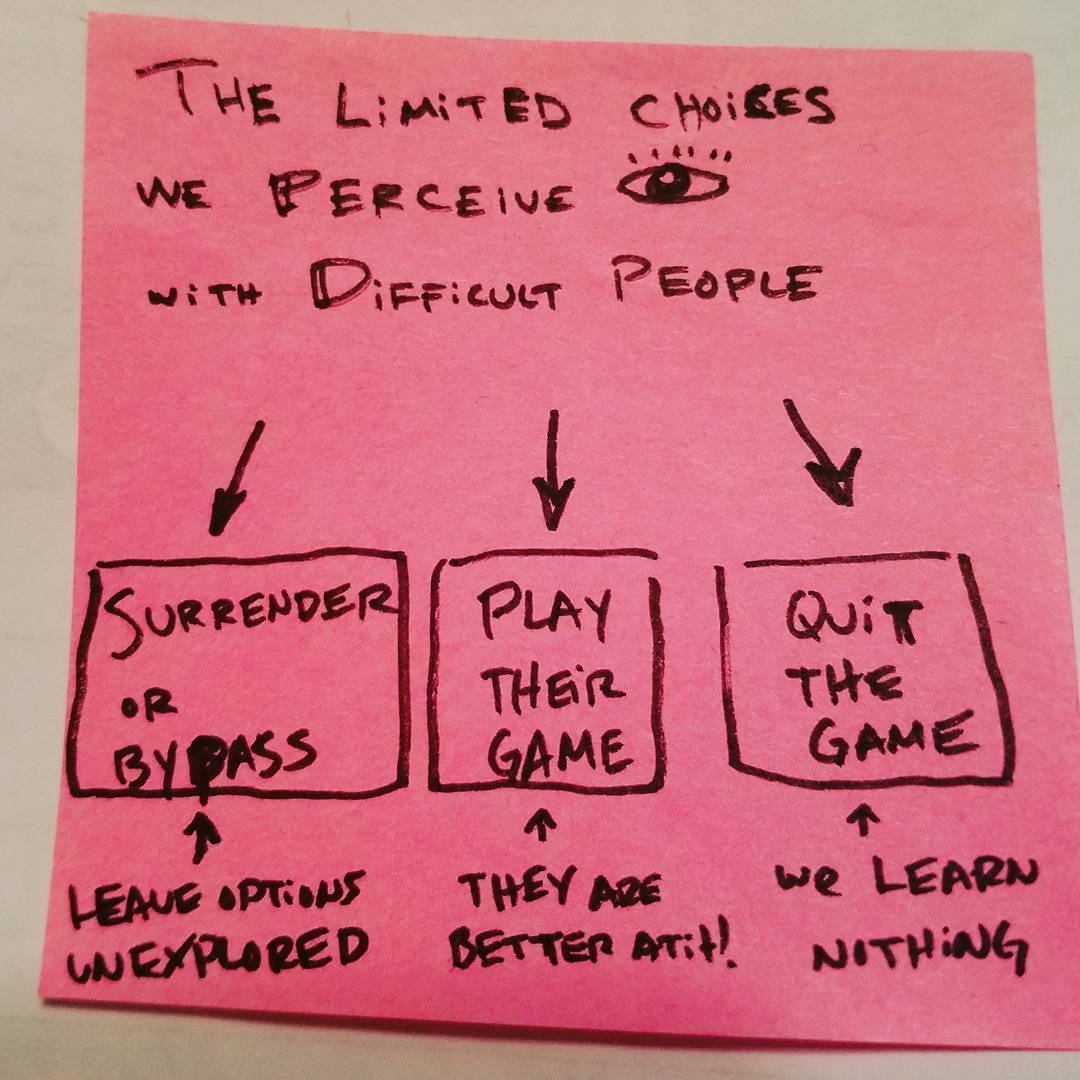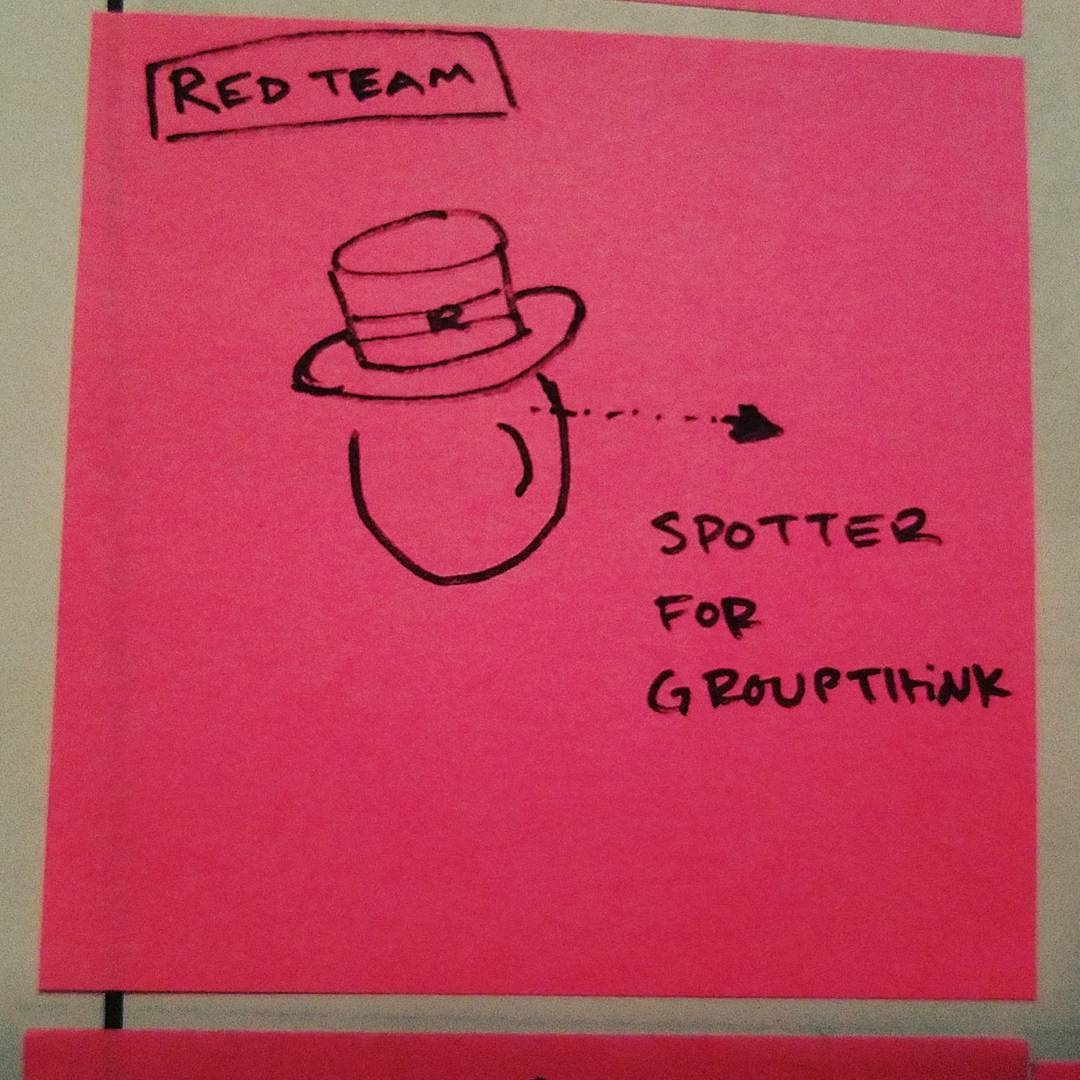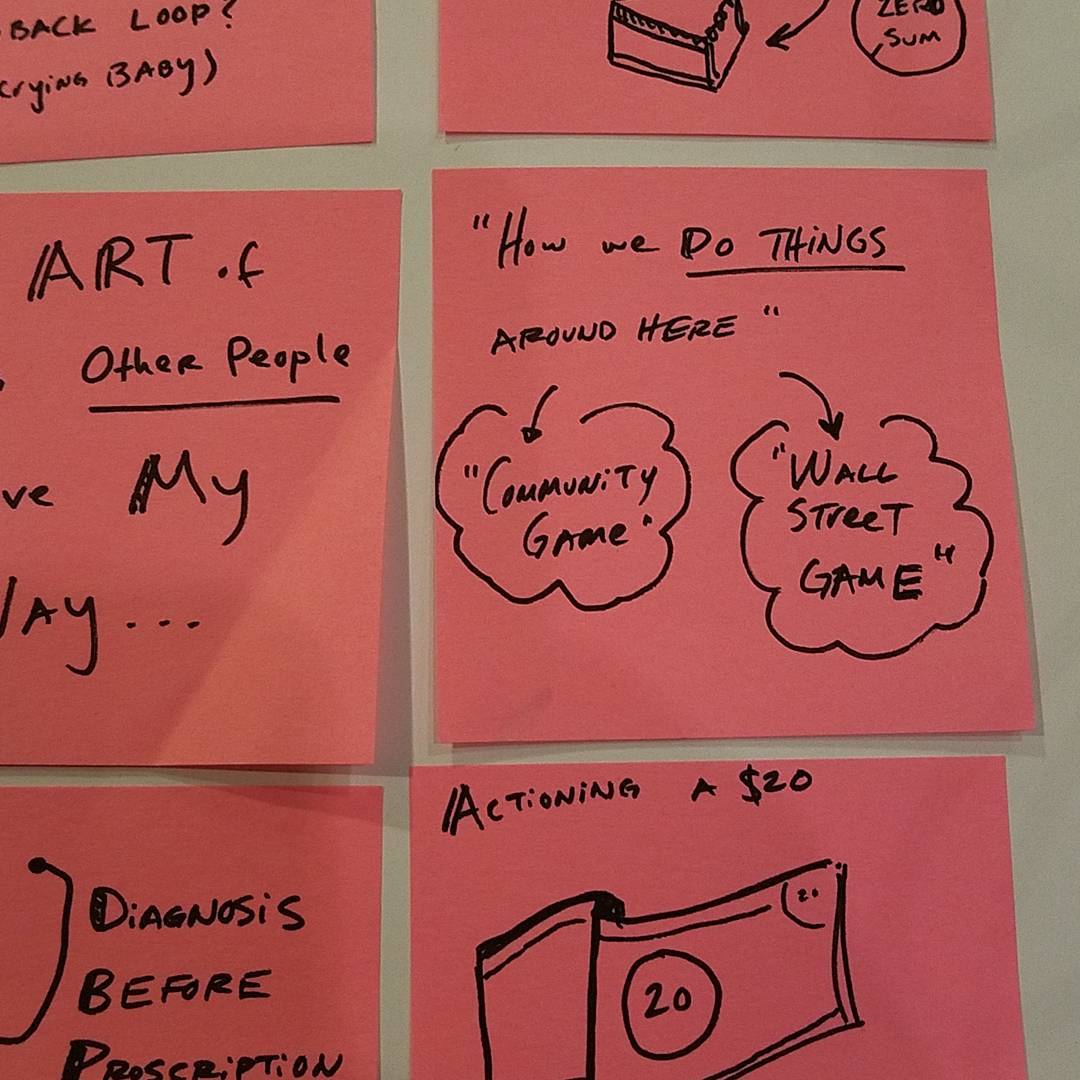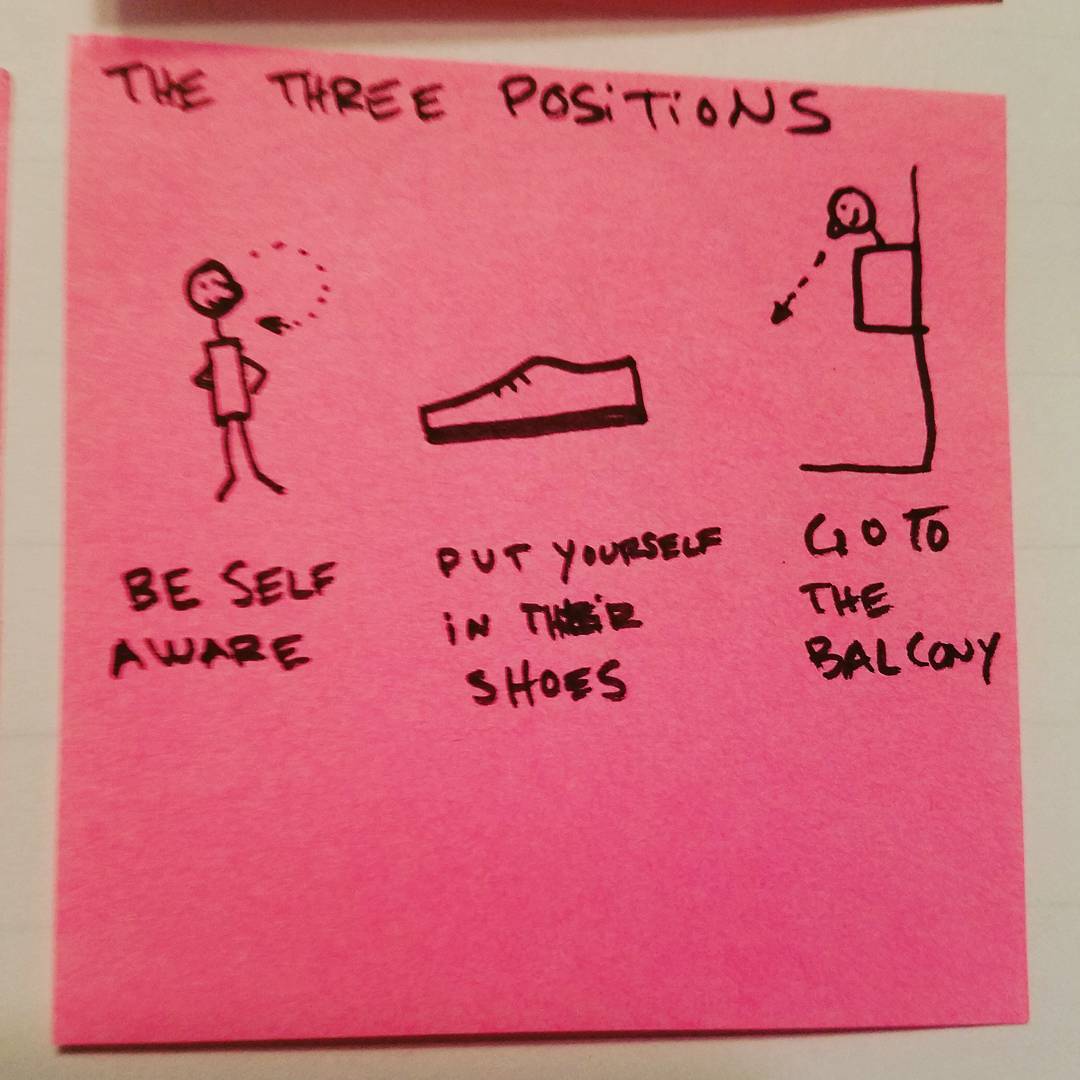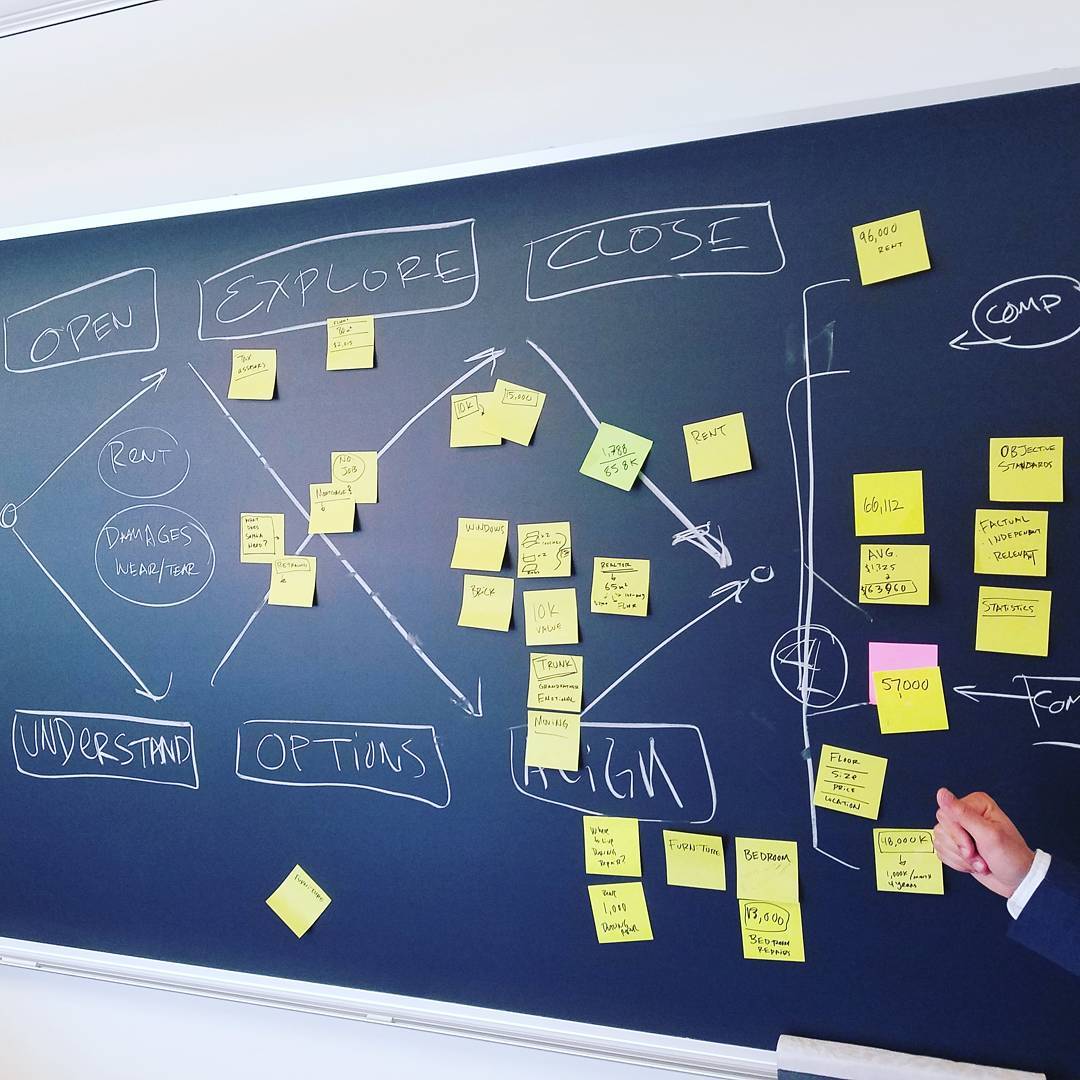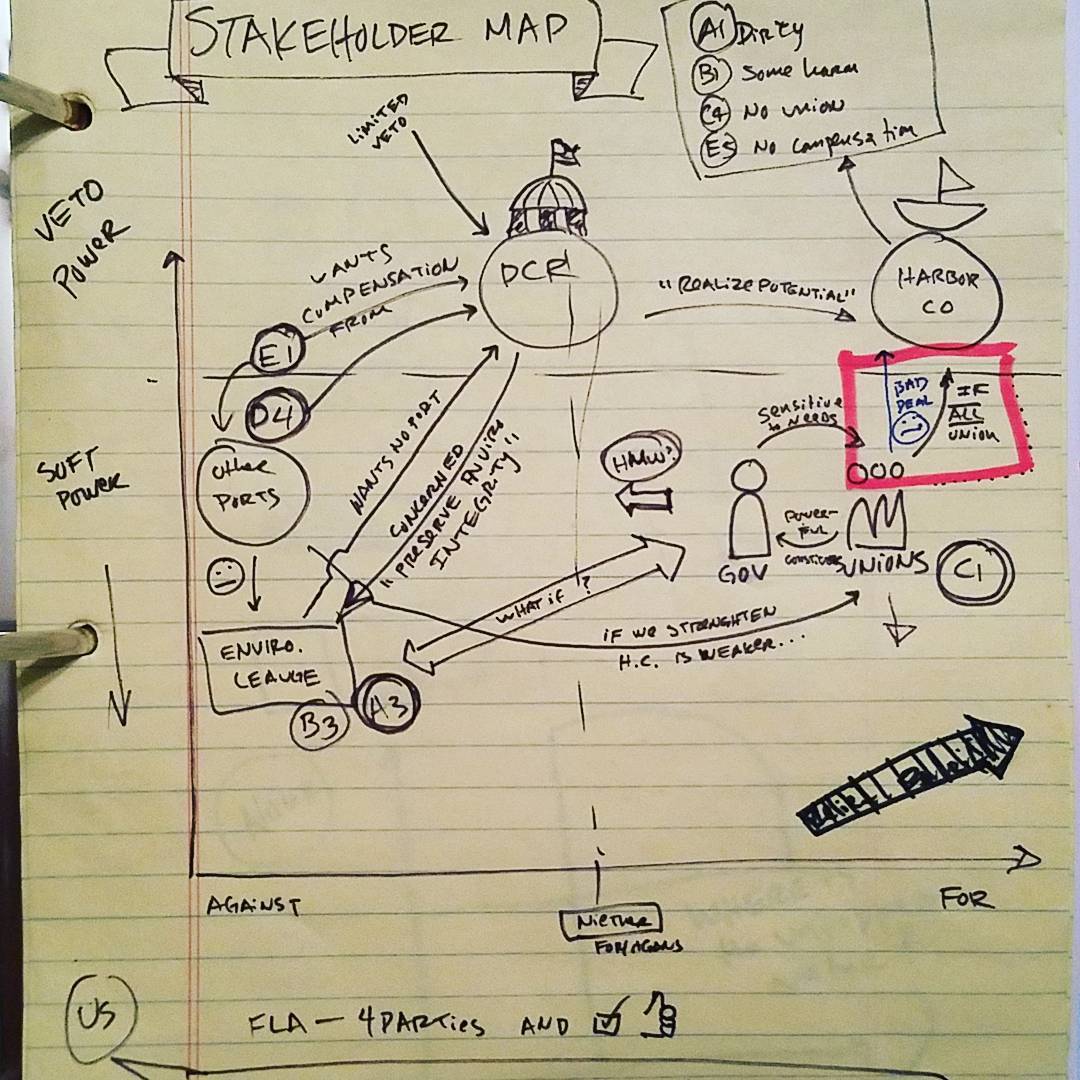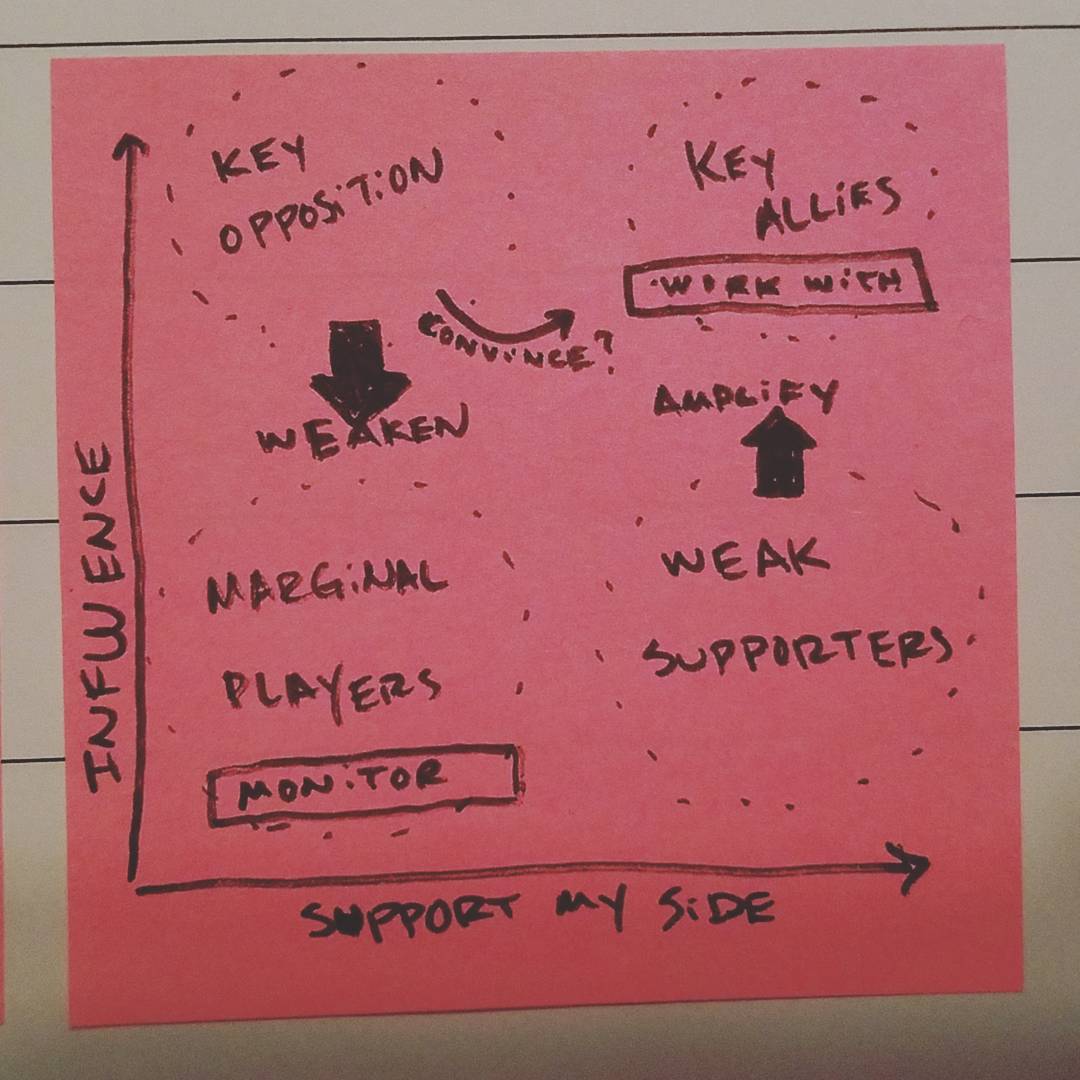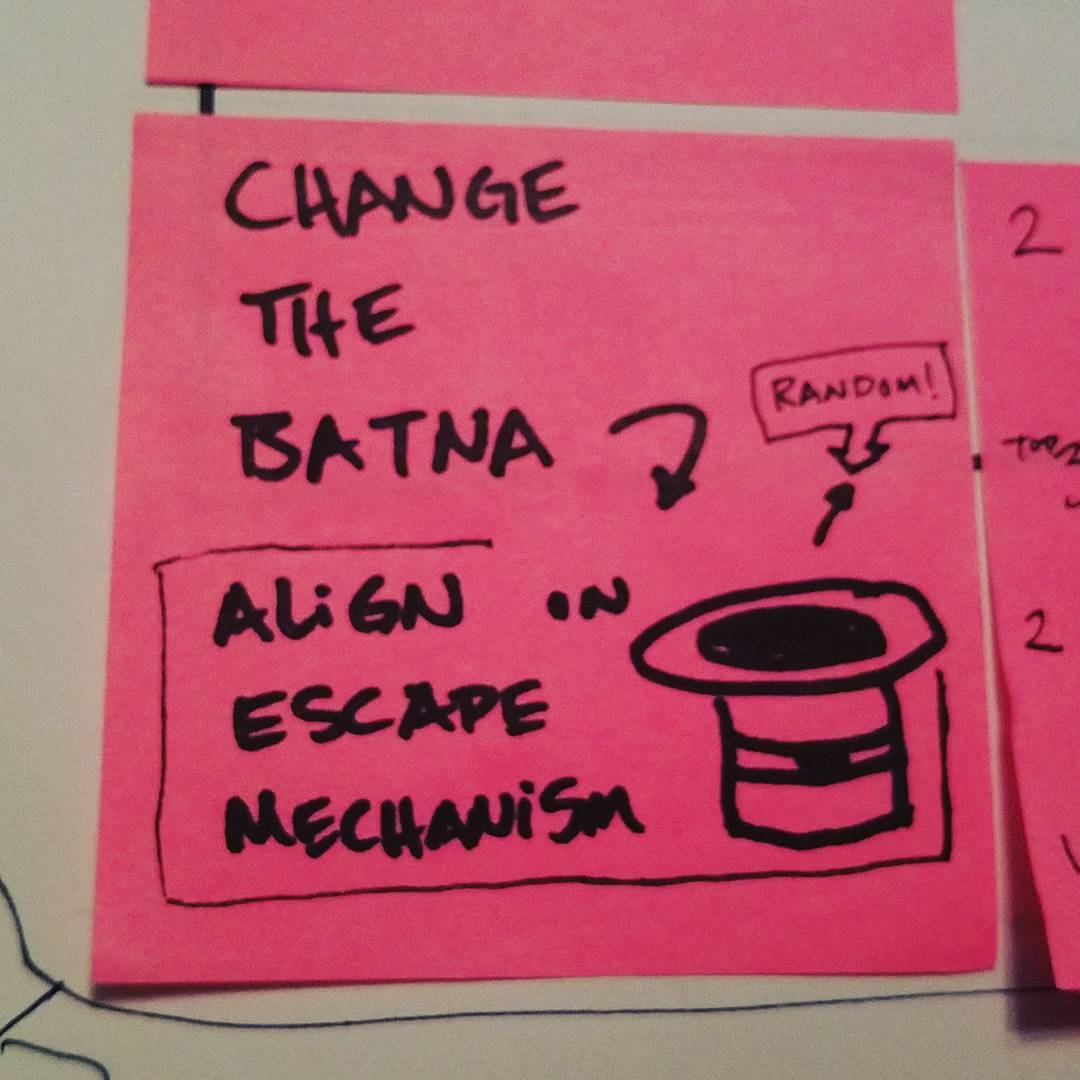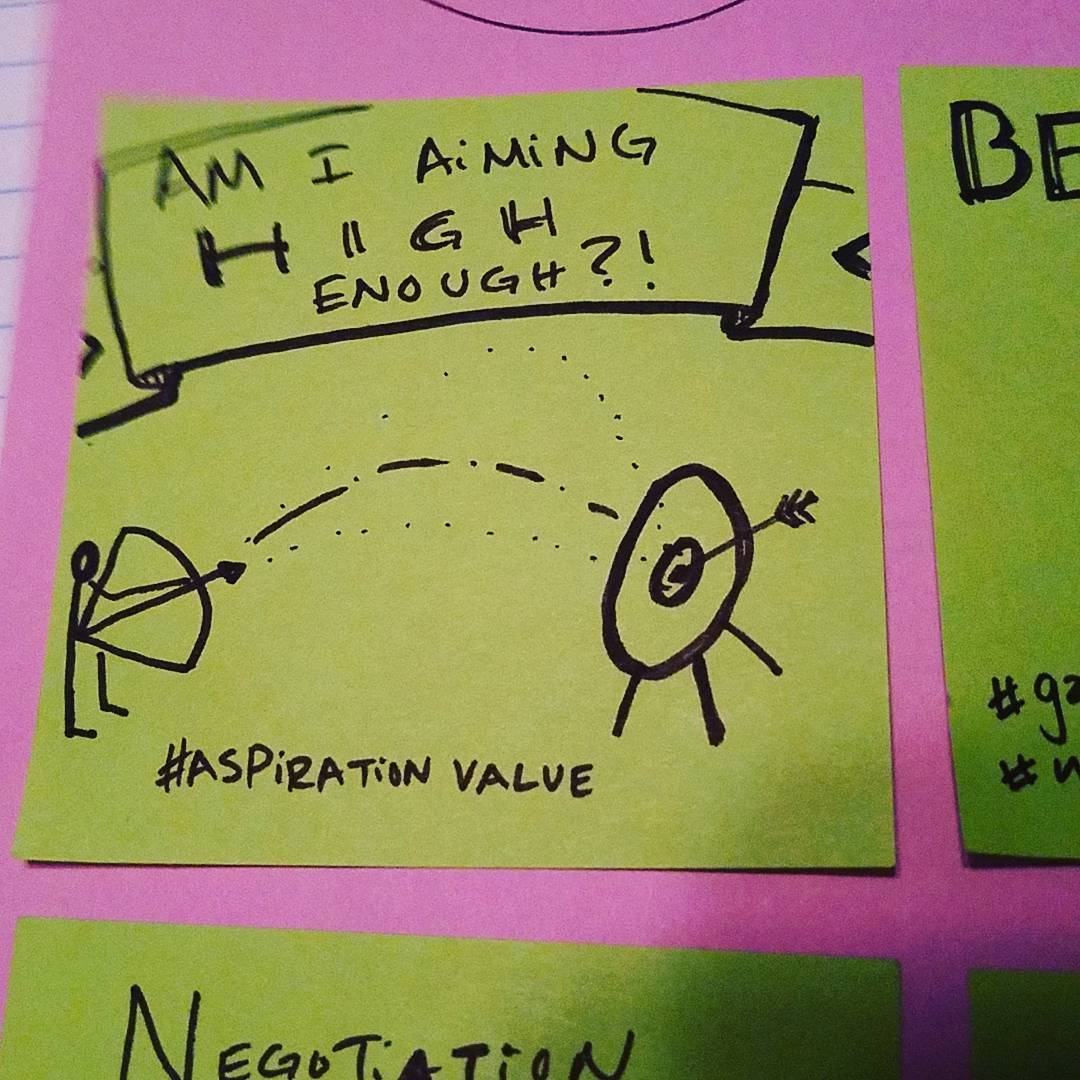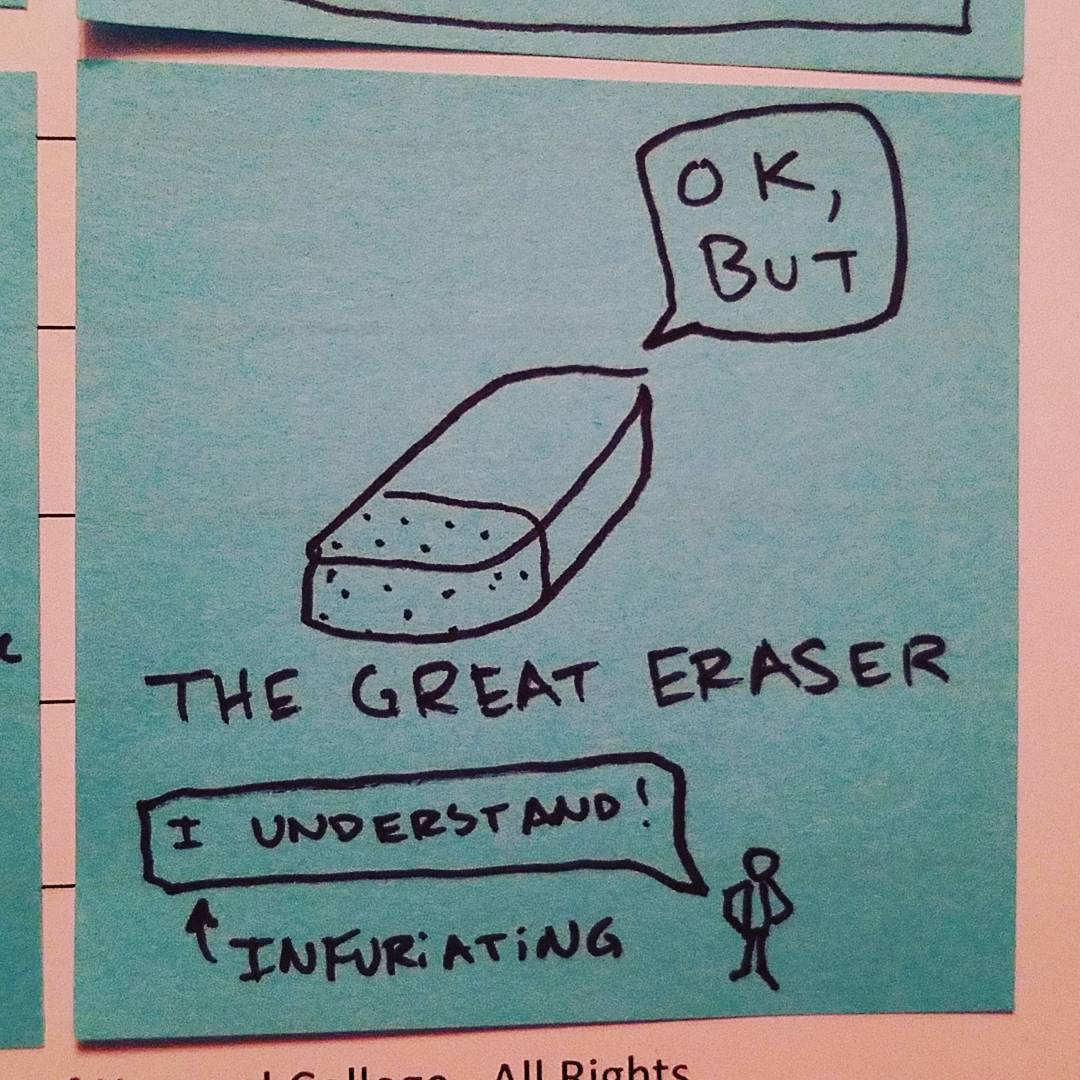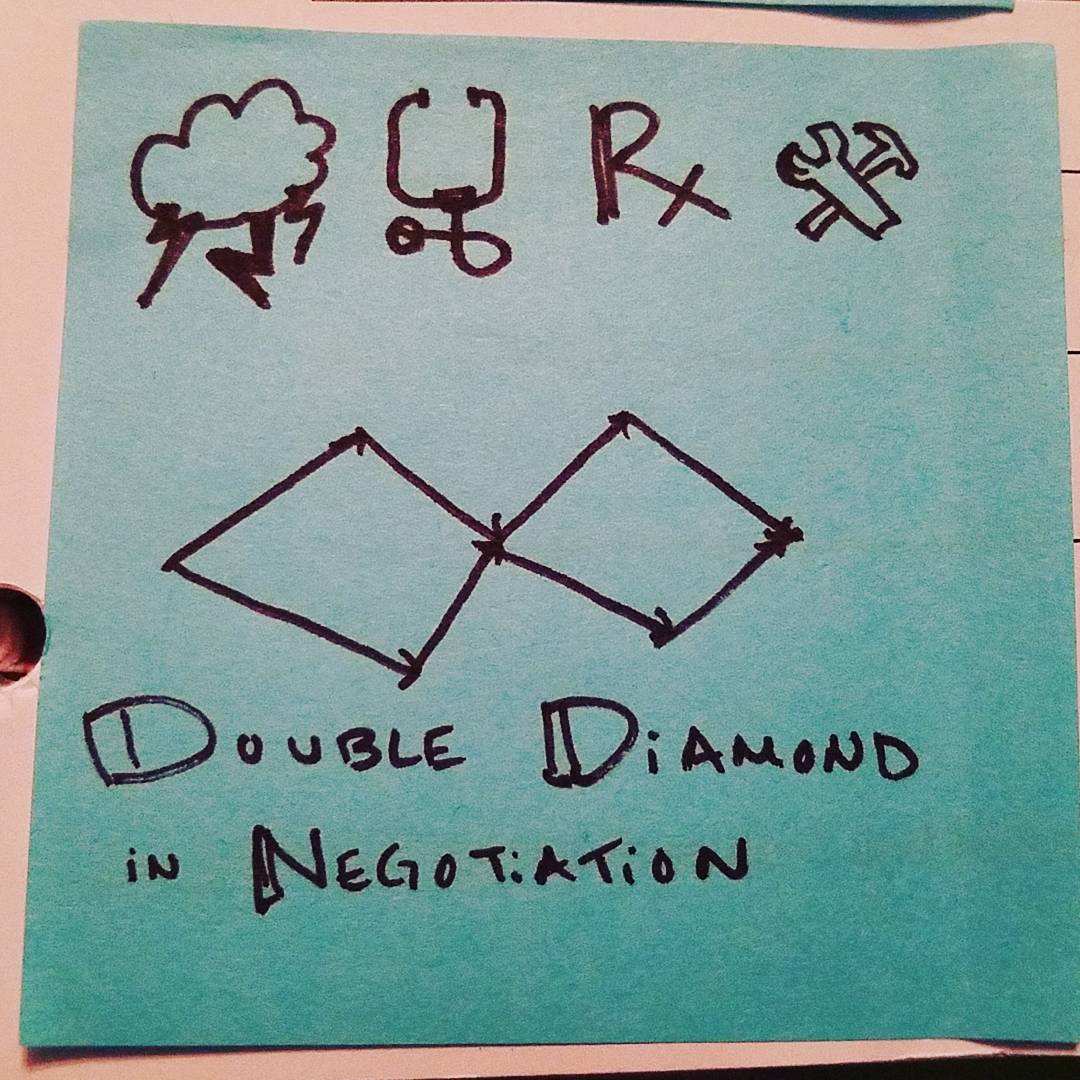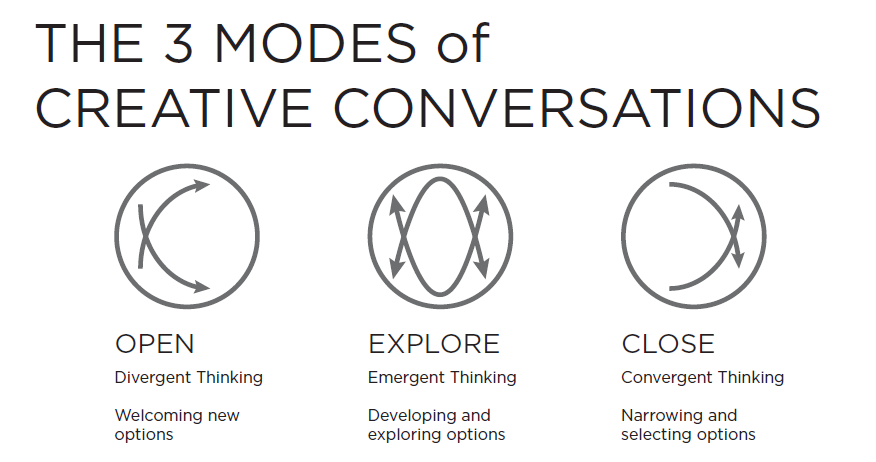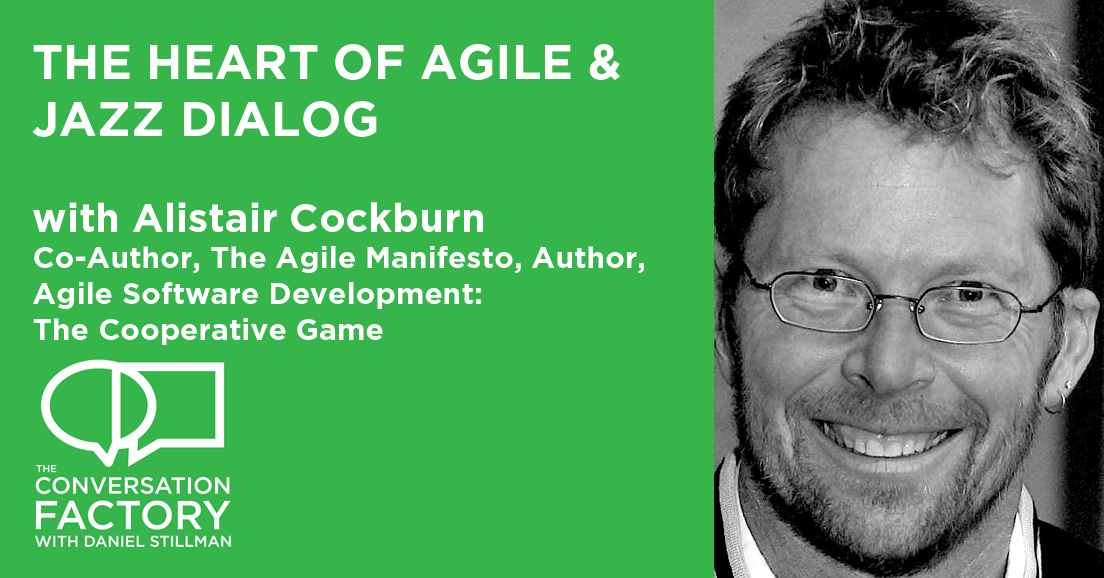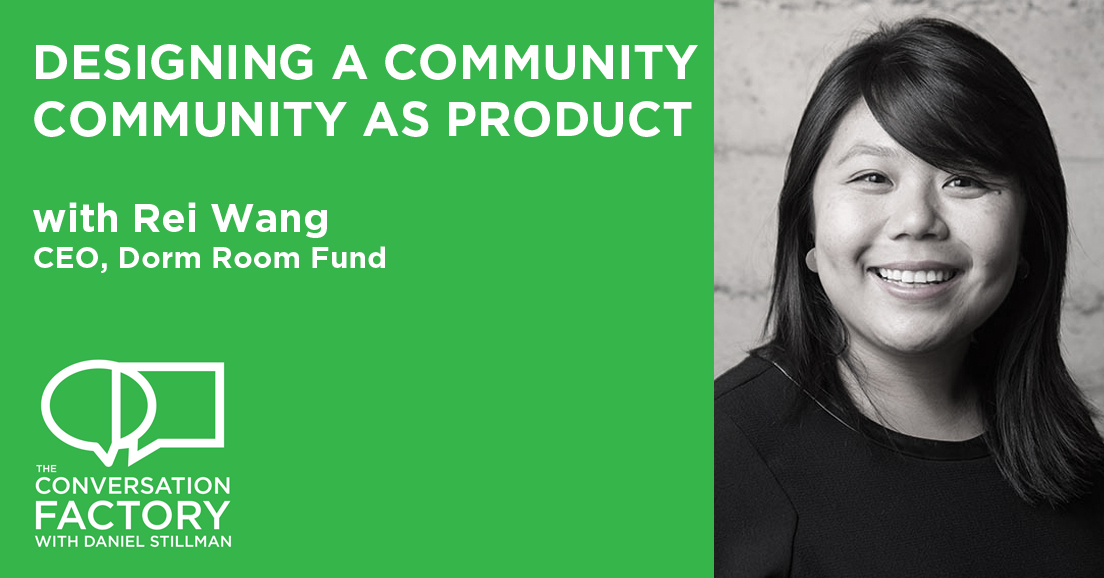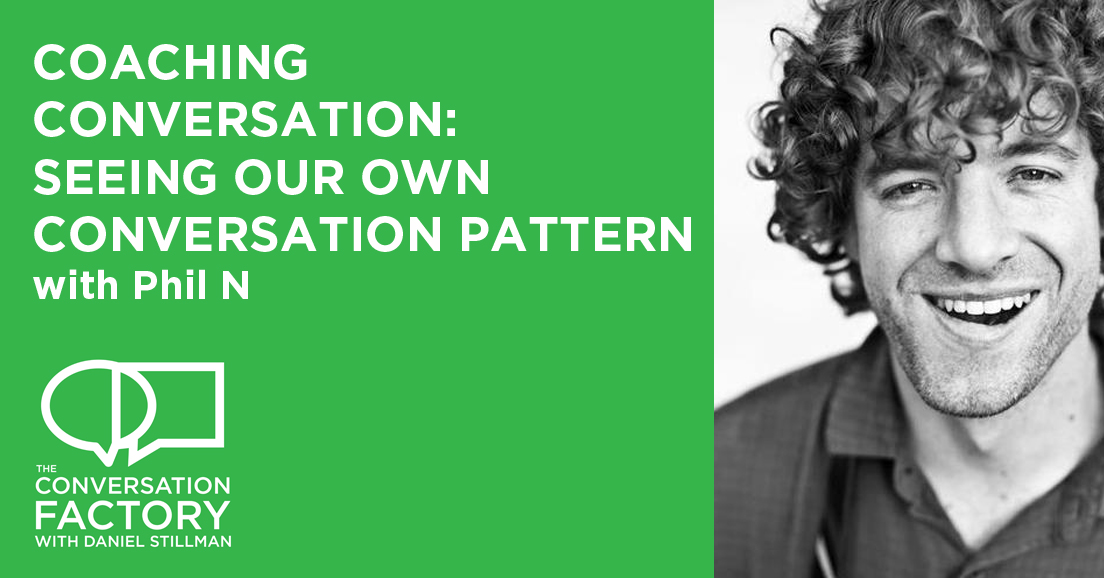In this episode, I talk with Matt Mayberry, Head of Business Development at Boundless Mind. Boundless Mind popped up on my radar when their awesome and free ebook on Behavioral Design shot up to #1 on Product Hunt.
I'm thrilled Matt came on the show and shared his story. His own passion for behavioral design came from his experiences watching critical patients resist changing behaviors that would save their lives. Even with death staring people in the face, changing deep-seated behaviors is hard!
Behavioral Design was something I was aware of as a UX designer but was by no means an expert. Behavior design researchers like BJ Fogg and his behavior grid was something that inspired me early on in my UX career. Since then, behavior design is something I infuse into my innovation consulting: Big change takes a big impulse. Smaller changes are easier and can snowball with the right motivation and momentum. Sitting down with Matt helped open up some new avenues to think about how behavior design is everywhere you look!
Boundless mind is fascinating: They serve two sides of the challenge, for companies seeking to change behavior AND consumers wanting to reboot their addictions. The Boundless API helps companies find the optimum timing for motivating rewards and the app Space breaks that timing cycle when you need some freedom from the apps that grip your brain.
We talk about how choice architecture in the real world can help shape behaviors, from organ donation rates in Germany vs Austria to how supermarkets get you to wander the whole store and buy more than you intended. Giving people too many choices makes choice harder: Architecting or limiting choices is a form of behavior design. Pulling back, Matt places *all* design into behavioral design: Industrial, UX, Service and Conversation Design *all* seek to shift behavior!
One big takeaway I had was how small acts of mindfulness can have a big impact. Matt's CEO keeps a database of how people in his organization take their coffee and other preferences. The idea of keeping a Delight Database is amazing. While the ideal of behavior design might seem like manipulation, in the end, it's about understanding what will delight people and giving them more of what they want, at the right time. I hope you enjoy the episode as much as I did making it!
Key Ideas:
Delight is Delight: Our Brain Lights up based on the timing, not the size of the reward
There are three types of rewards: Rewards of the Self, Rewards of the Hunt or Rewards of the Tribe
(more from Nir Eyal here)
Rewards are *not* incentives: The "hit" from expected Incentives get dampened over time, variable rewards do not.
Choice Architecture is simple way to bring behavior design into your work: Just Ask Thoreau!
Show notes and Links:
The Behavioral Design backstory:
How a 1930's Harvard Student laid the ground work for Modern Phone Addiction: More about BF Skinner
get Space at: youjustneedspace.com
Find Matt Mayberry on the internet! (if you Google him, you'll find there are several very famous people named Matt Mayberry!)
Much Much More on Behavioral Design, persuasion, and habits.
Power of Habit by Charles Duhigg
Predictably Irrational by Dan Airely
About Matt:
Matt Mayberry is a Behavior Designer and Head of Business Development for Boundless Mind, a persuasive and behavioral technology company using Artificial Intelligence to drive behavior change in technology products. You can find his sporadic 140 character short-term writing here and his 1400 character longer form writing here.




